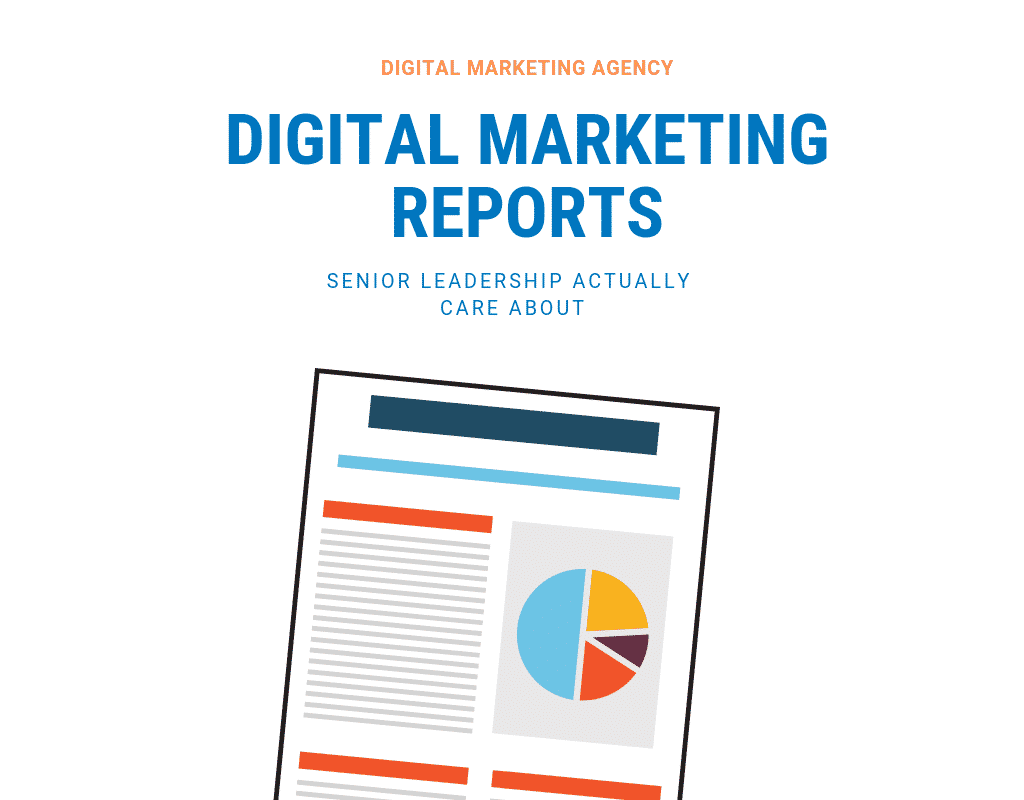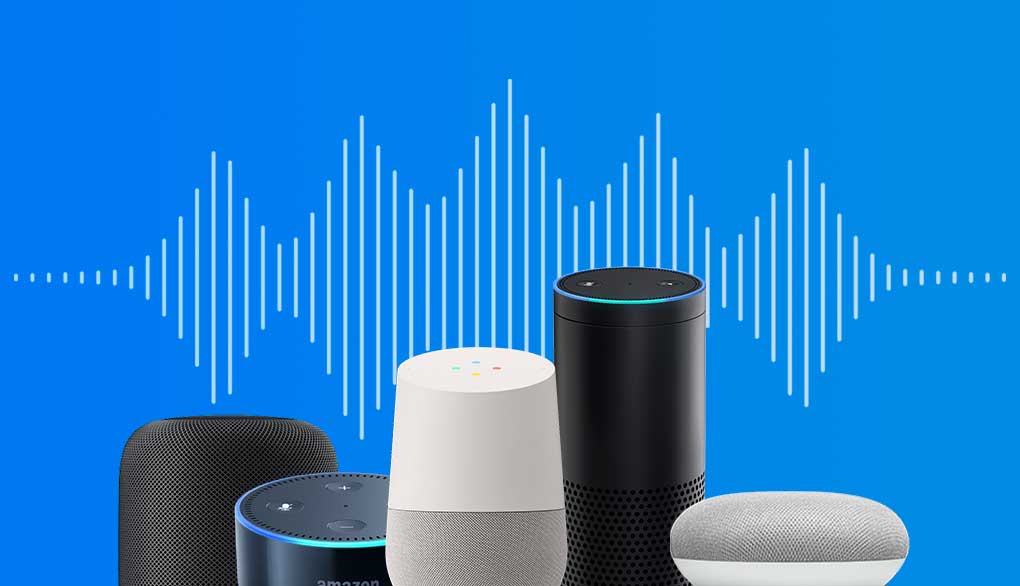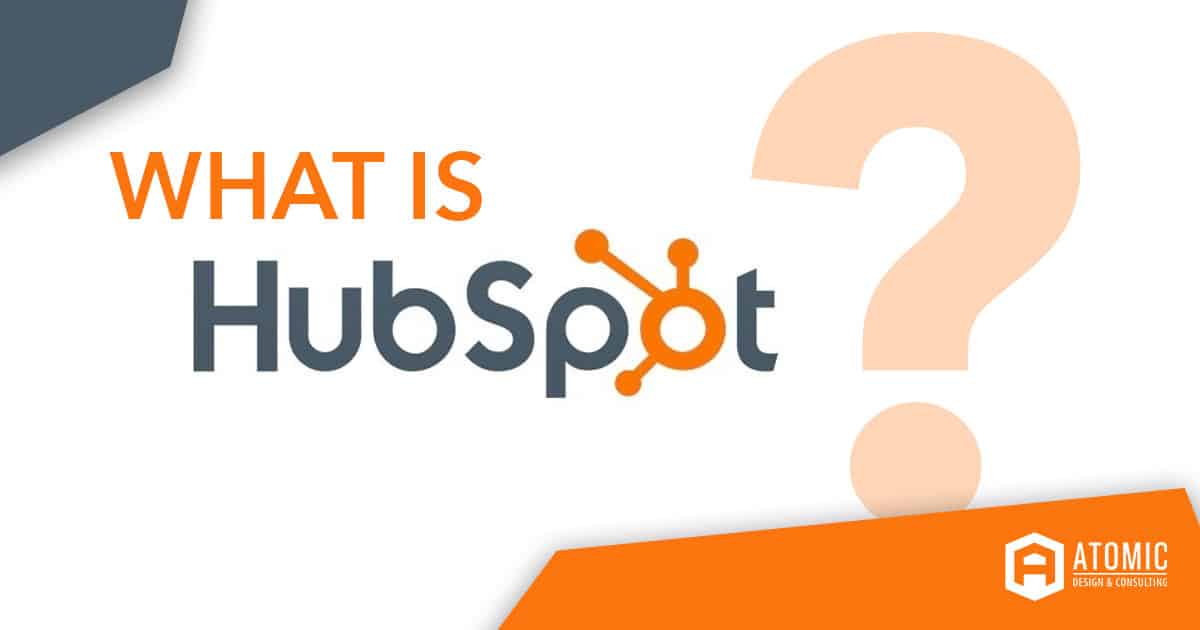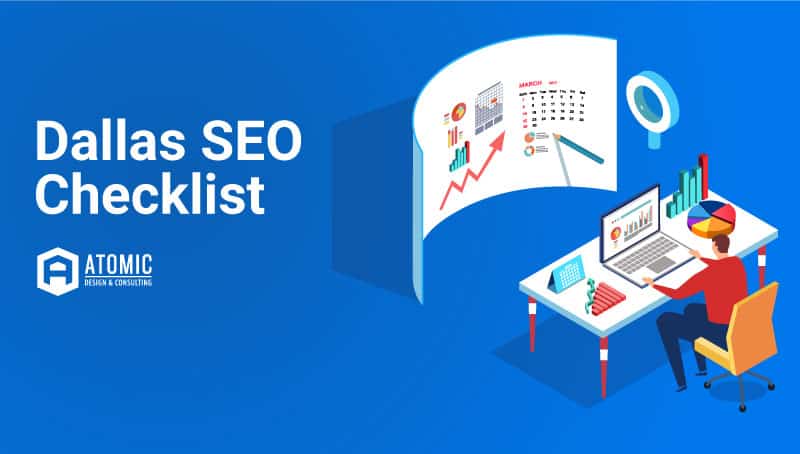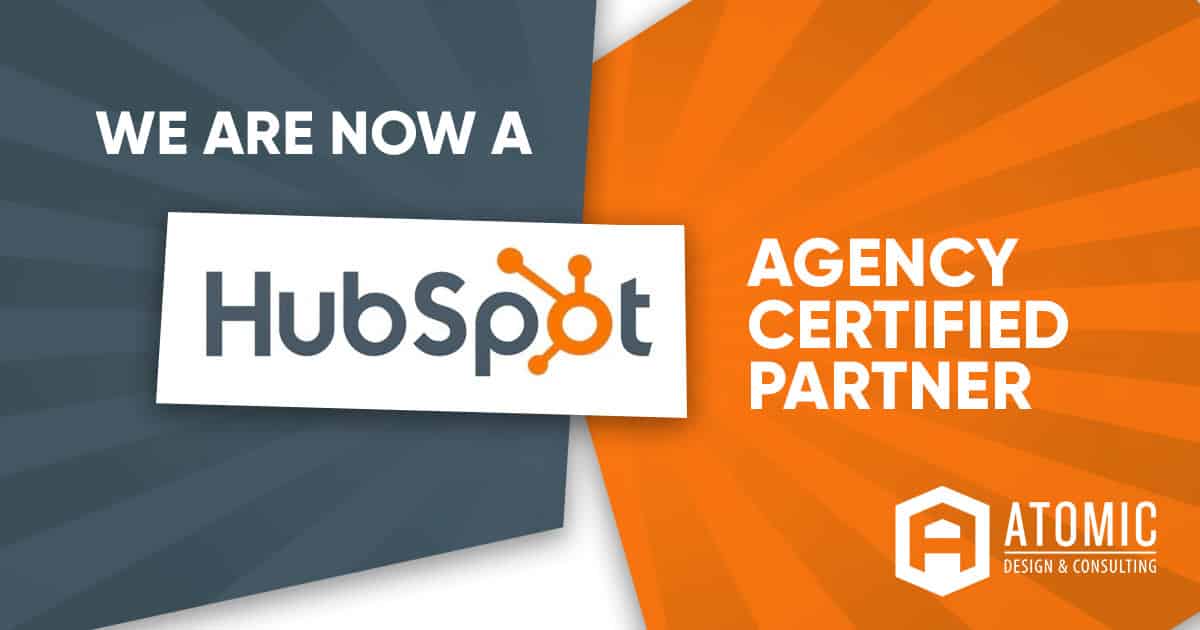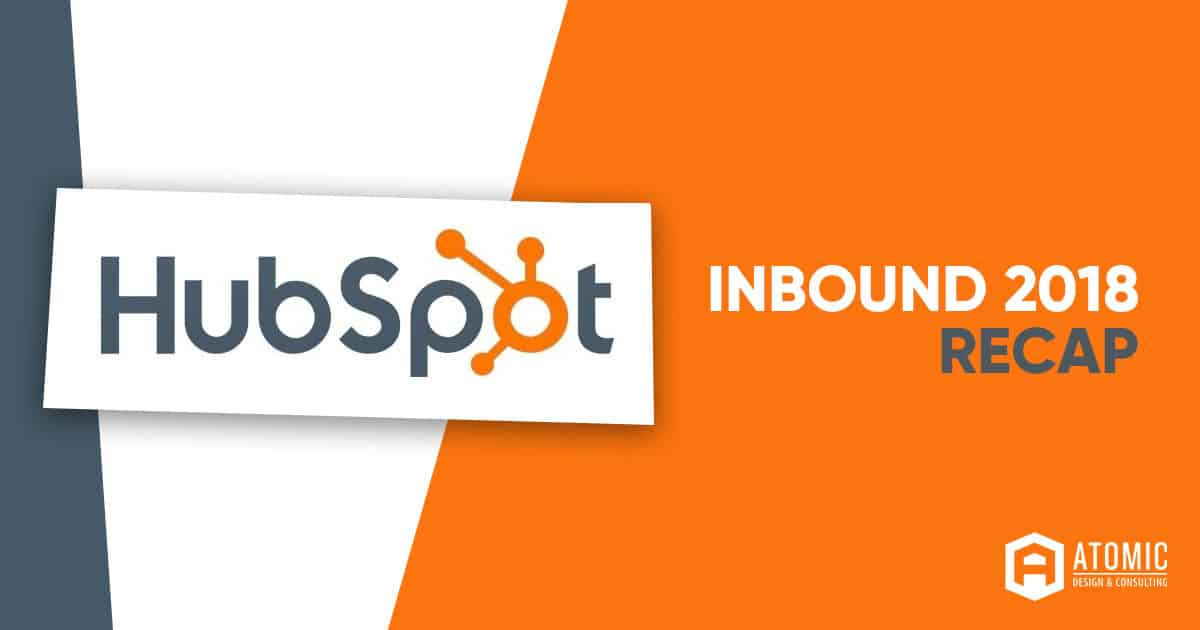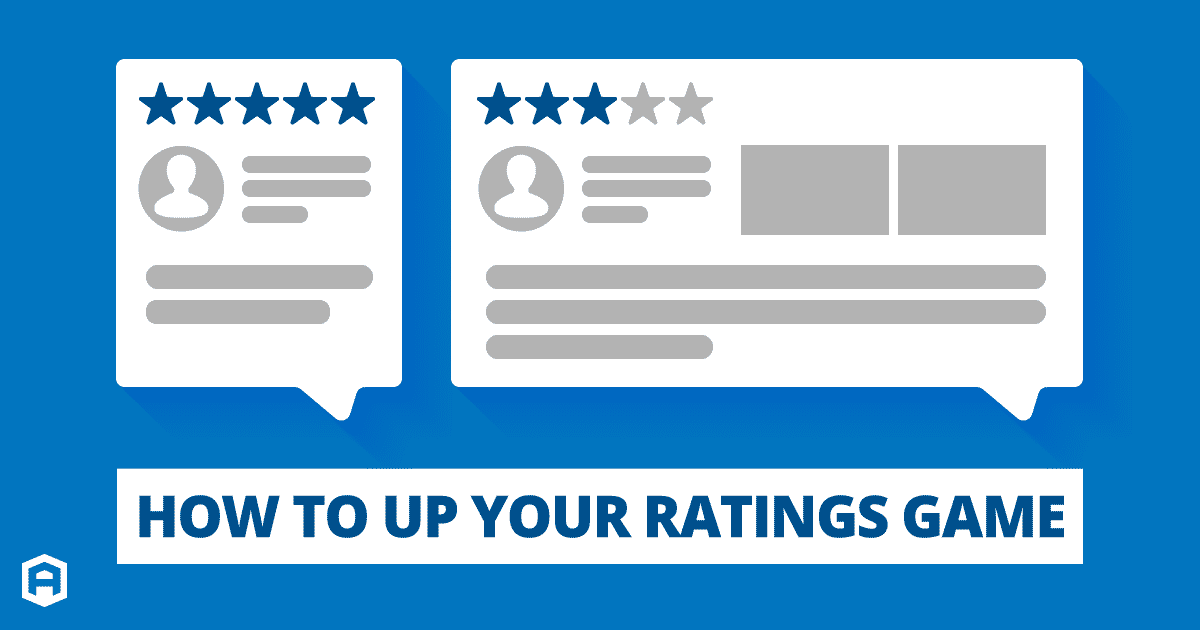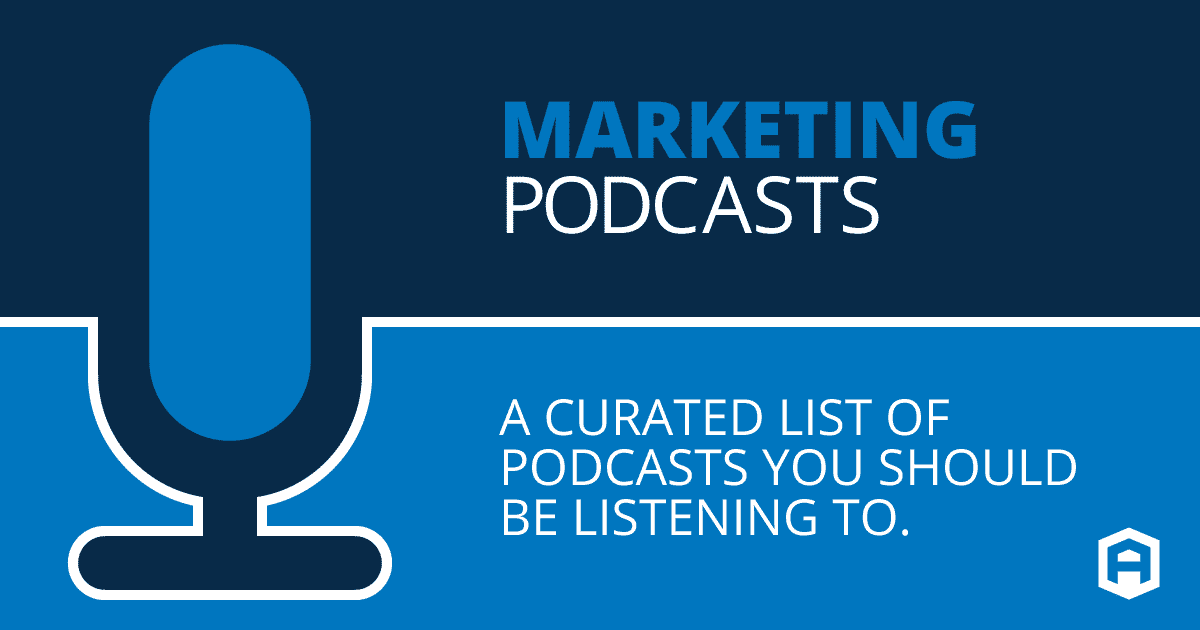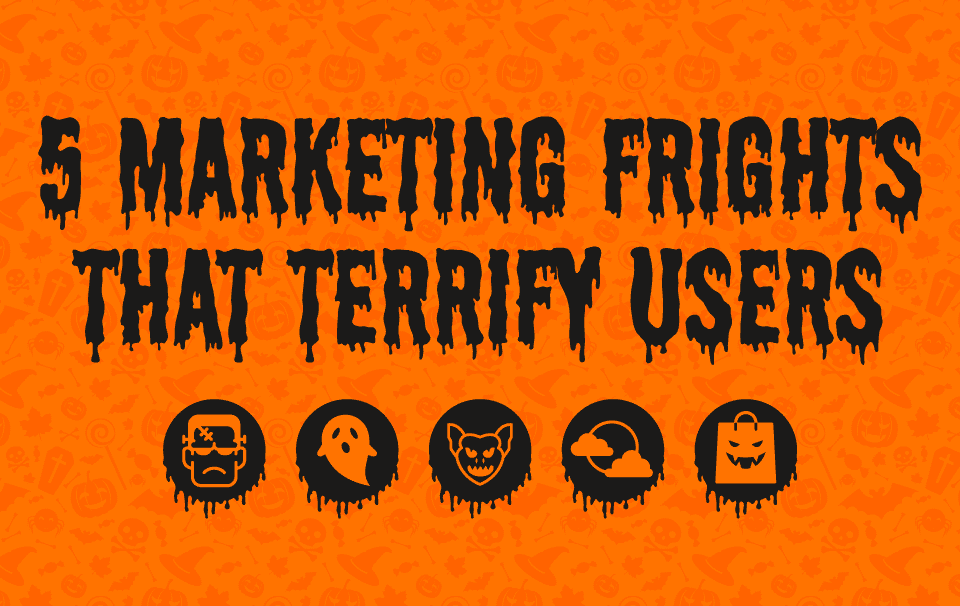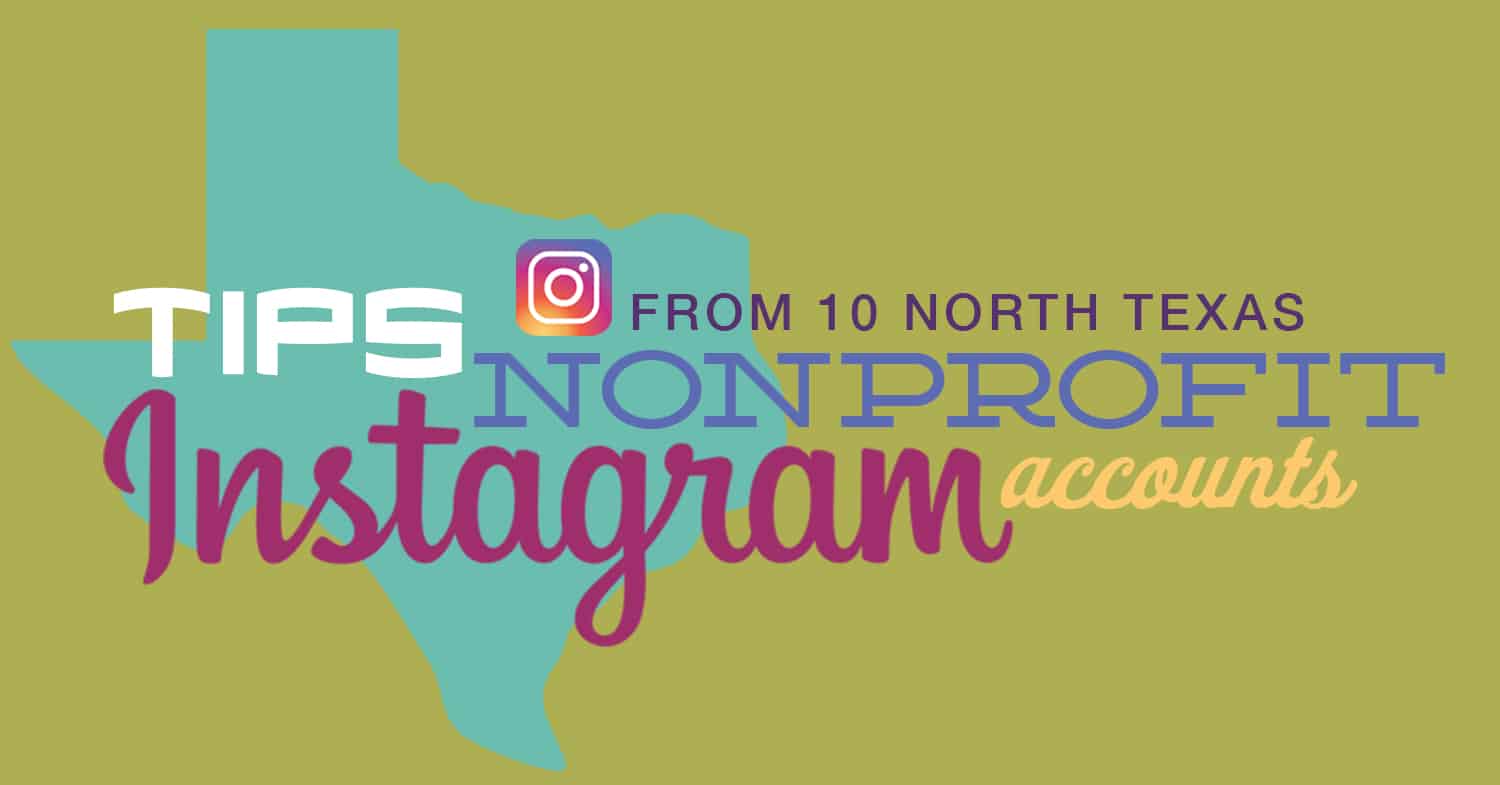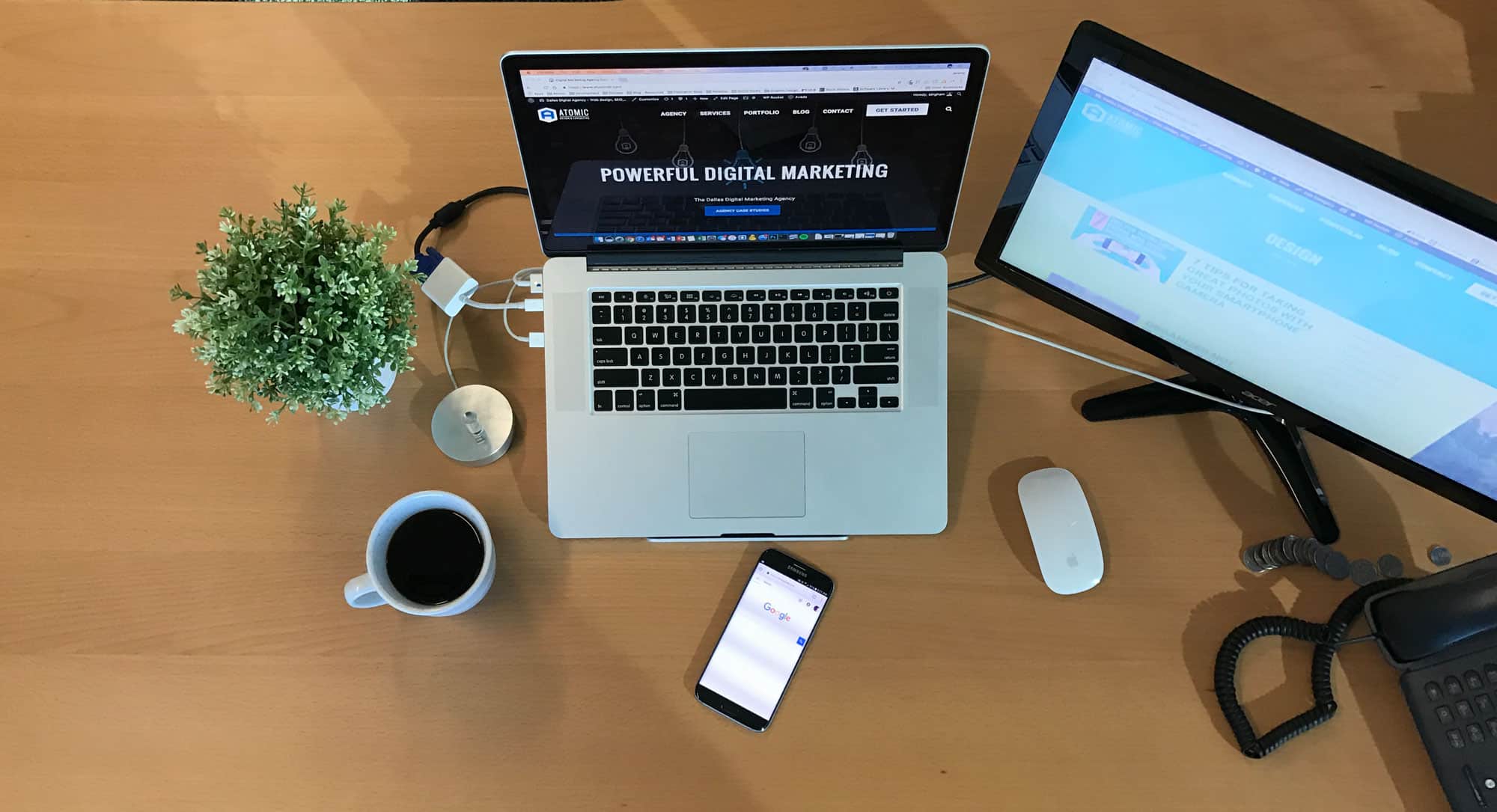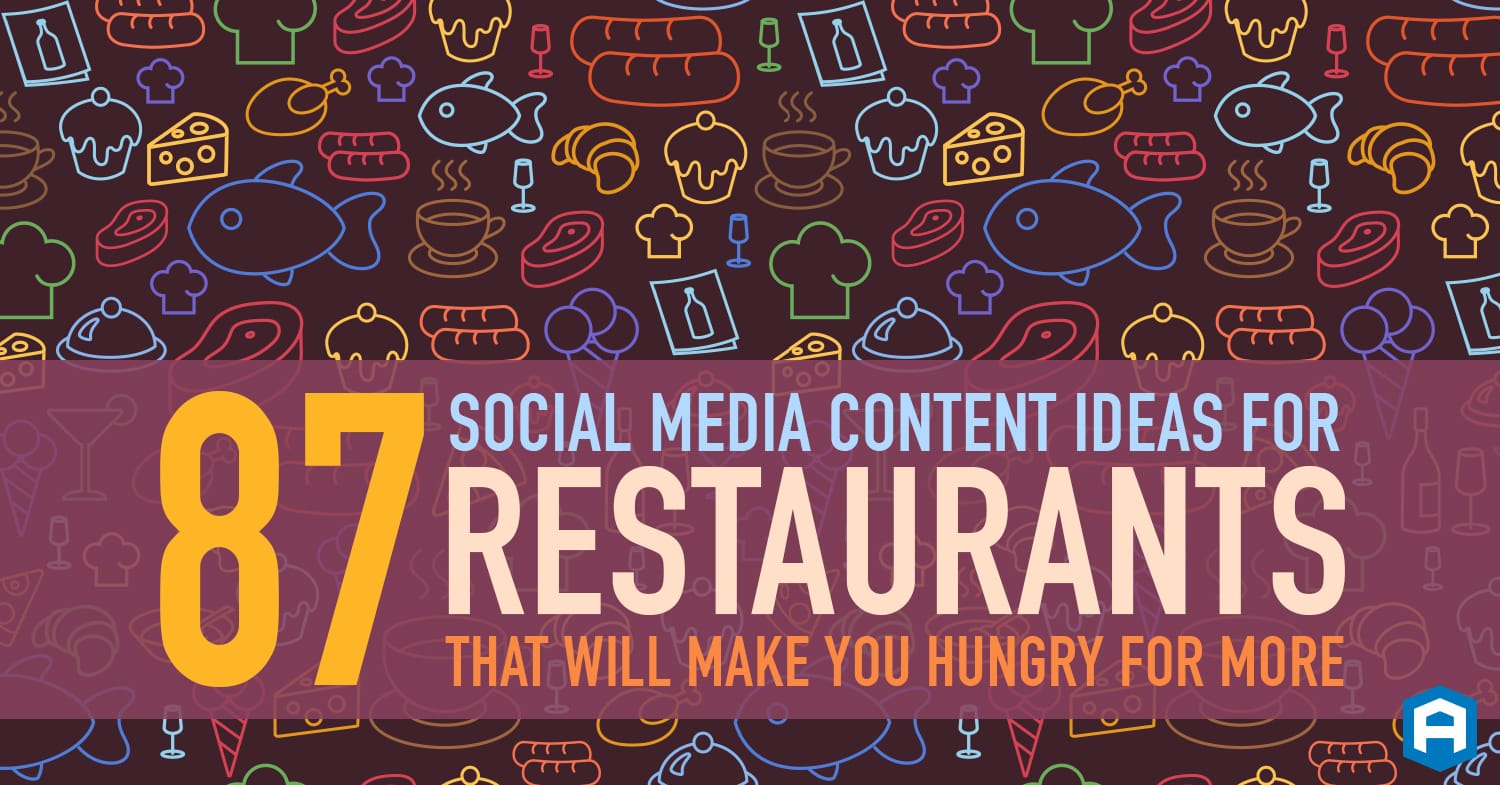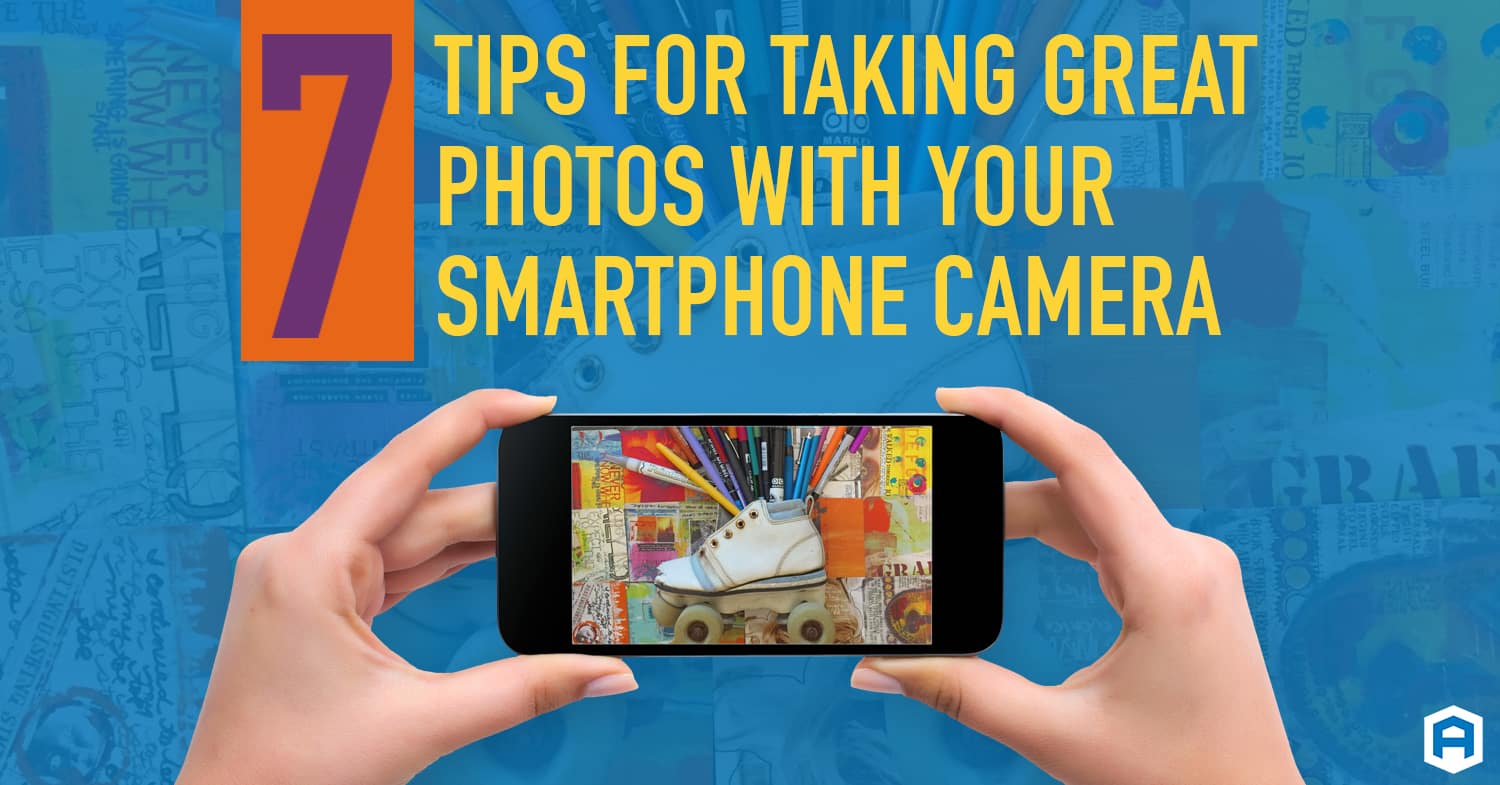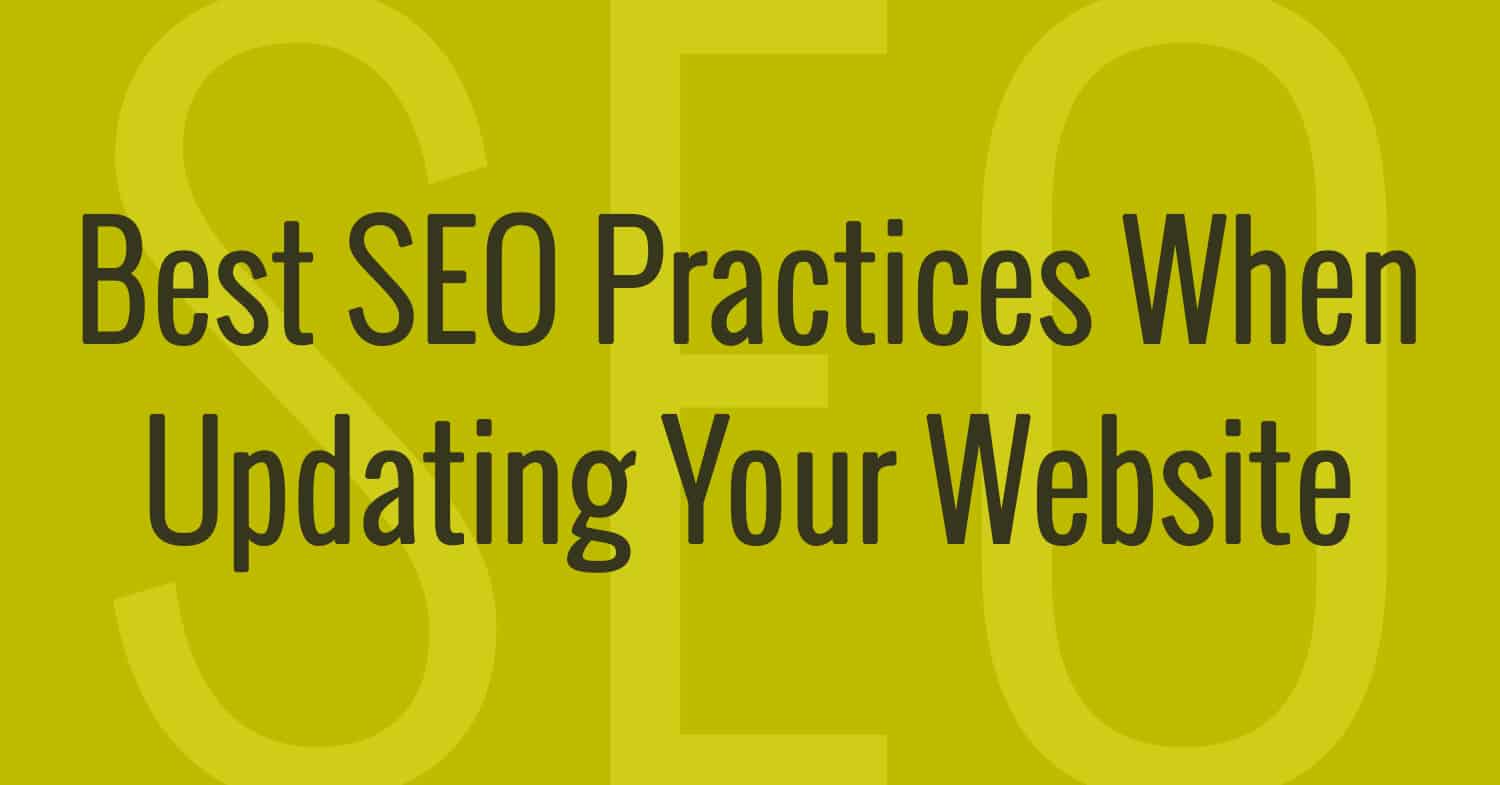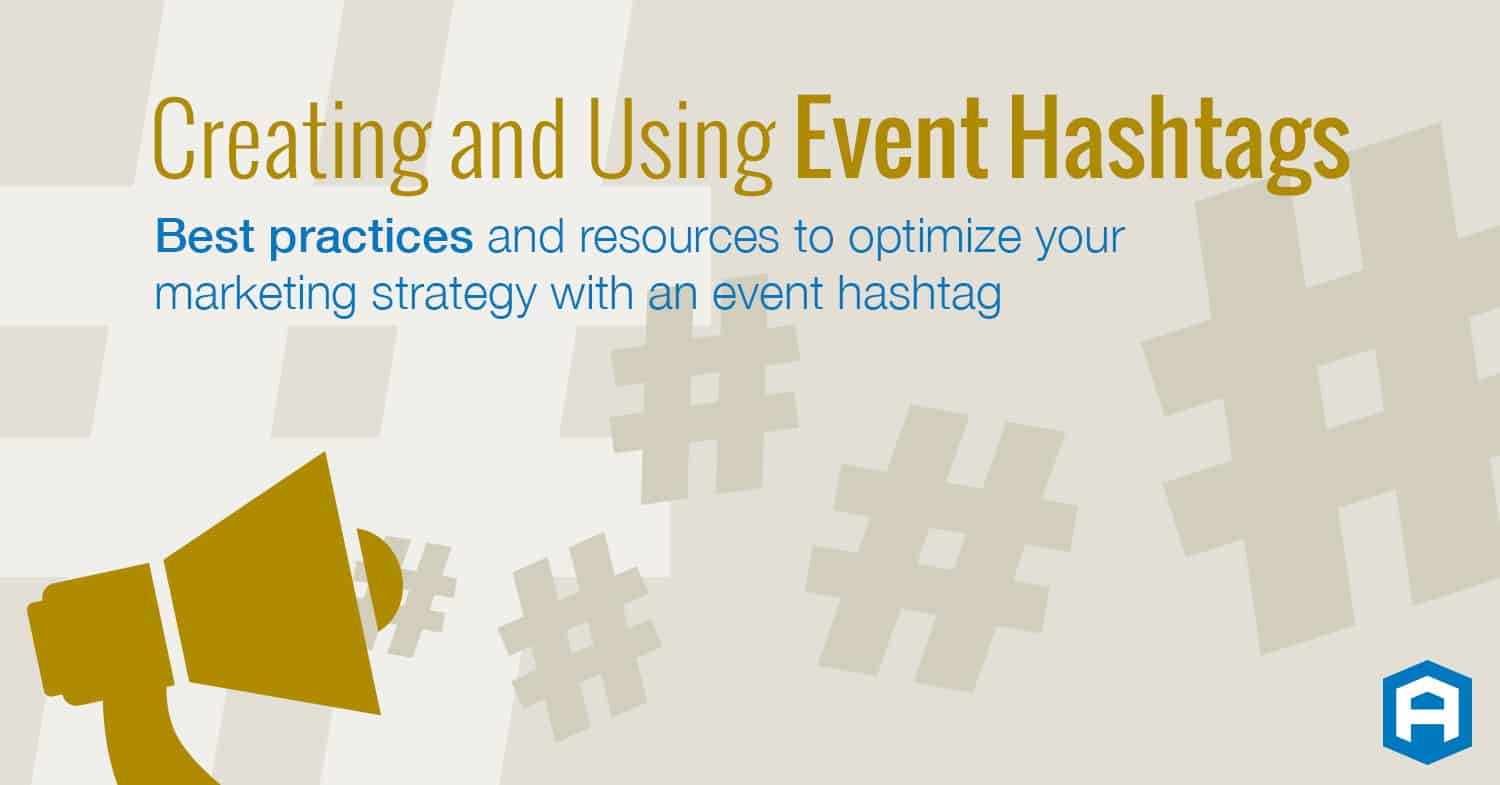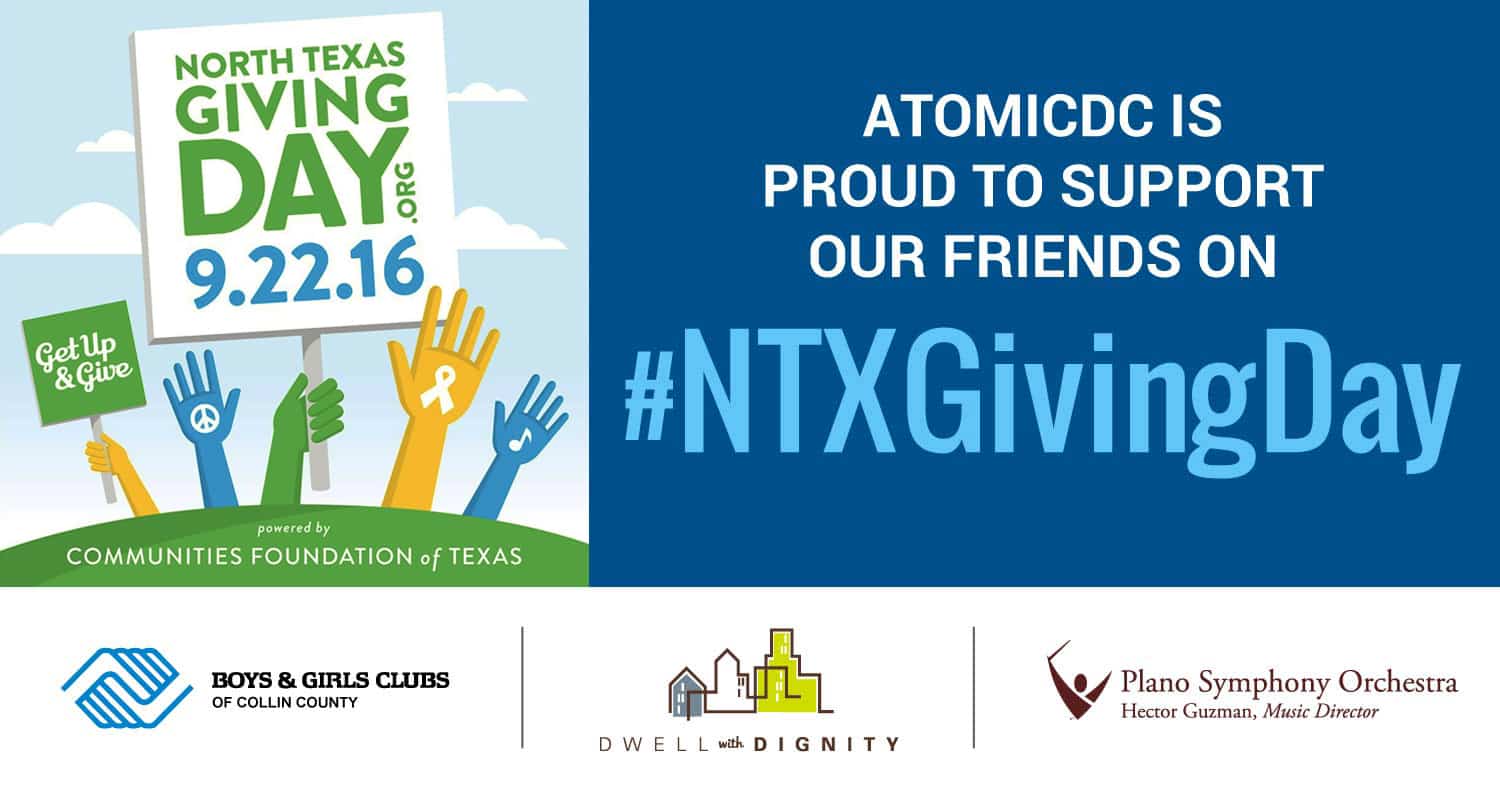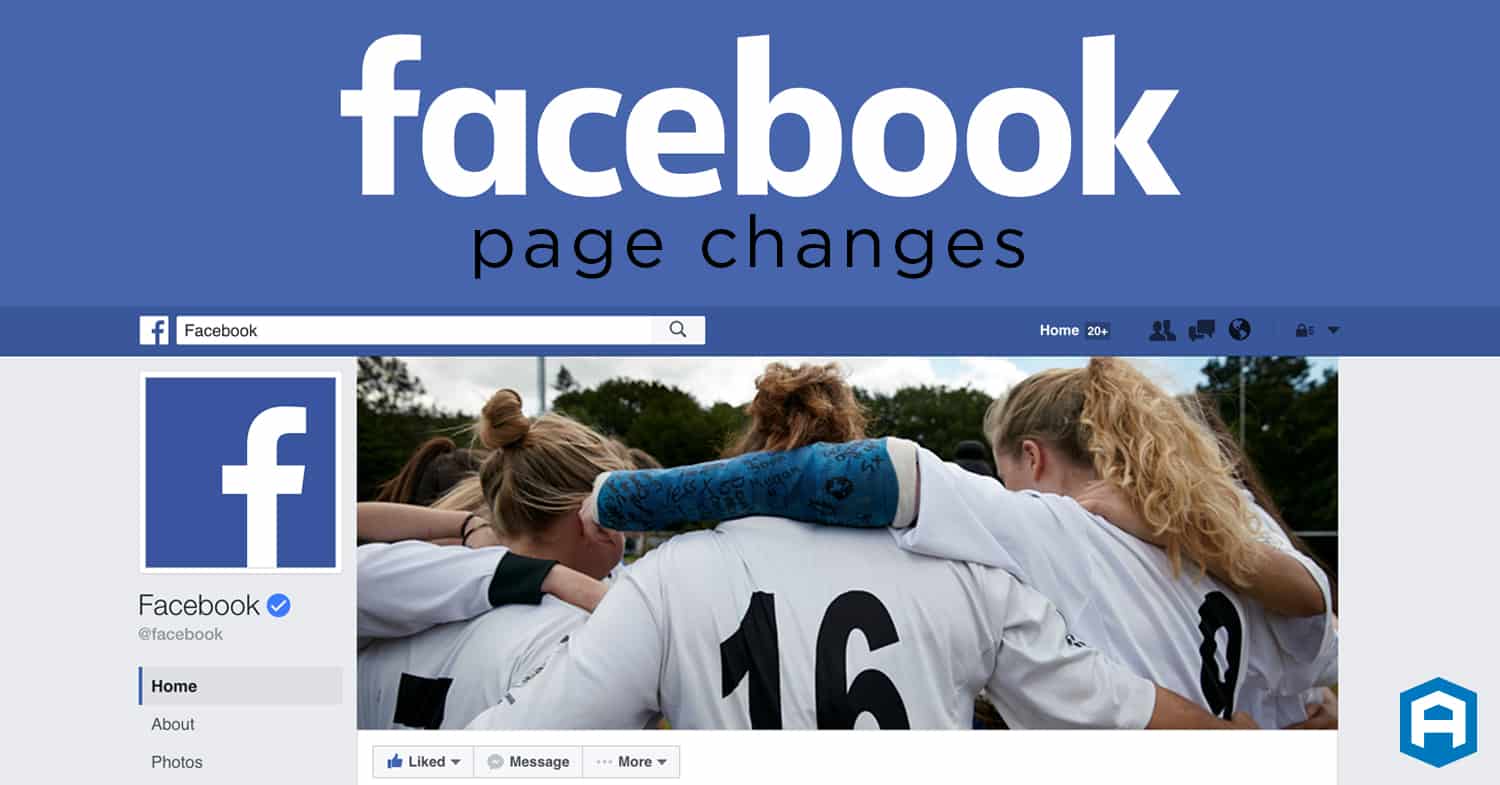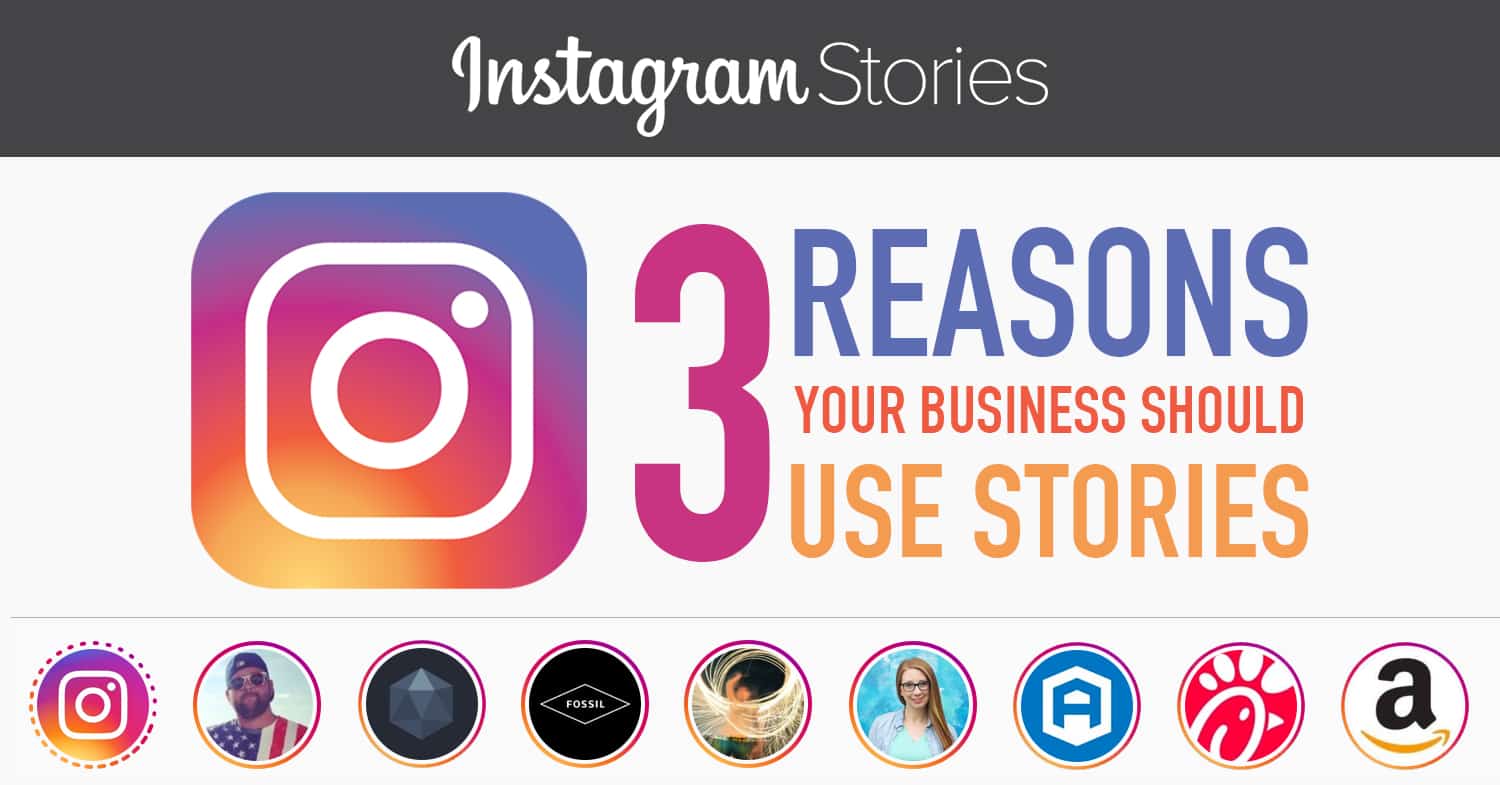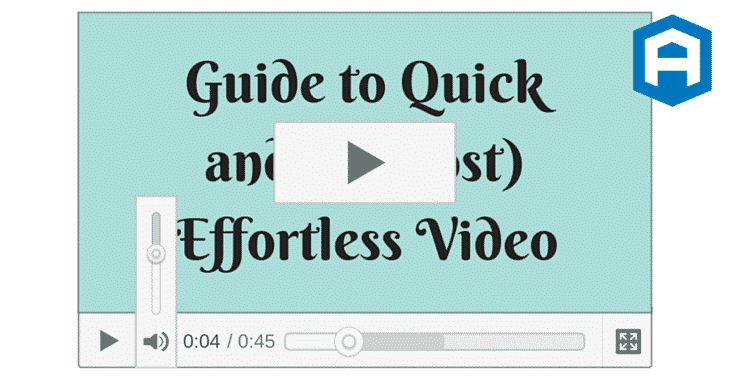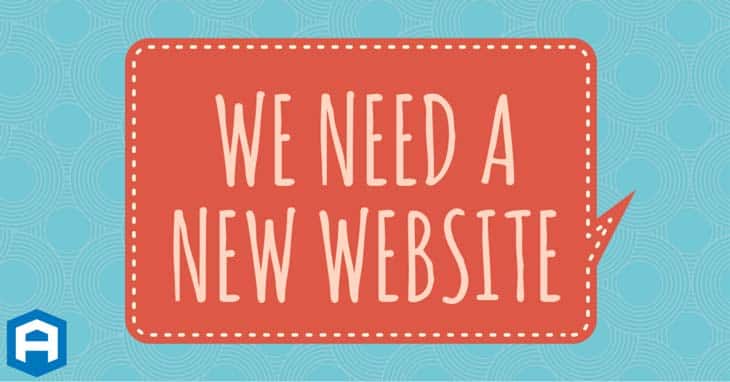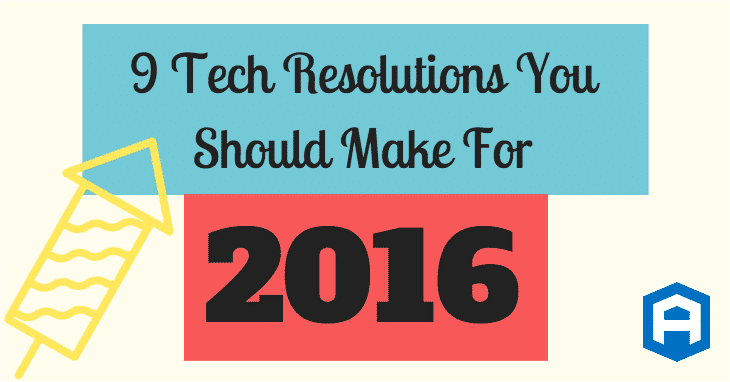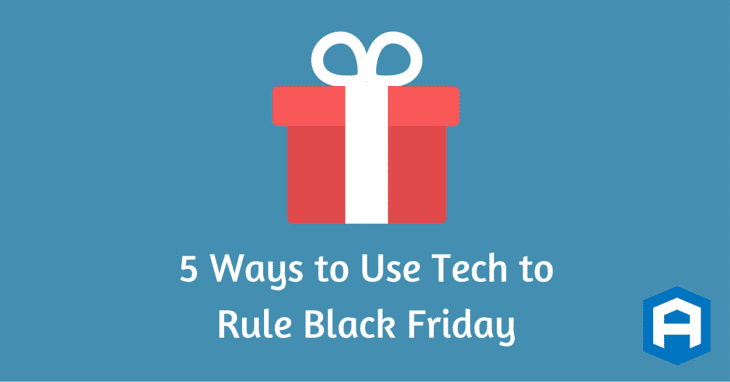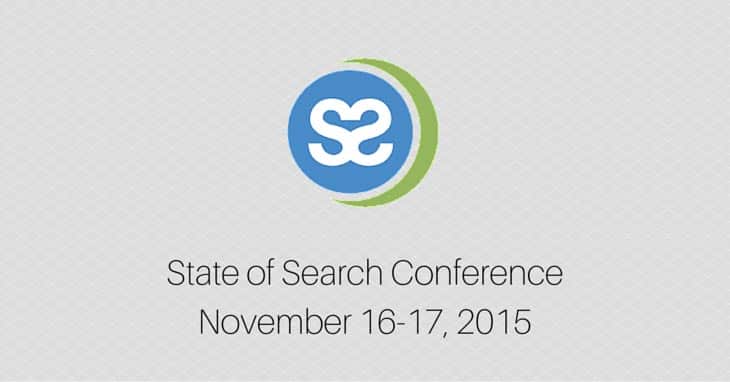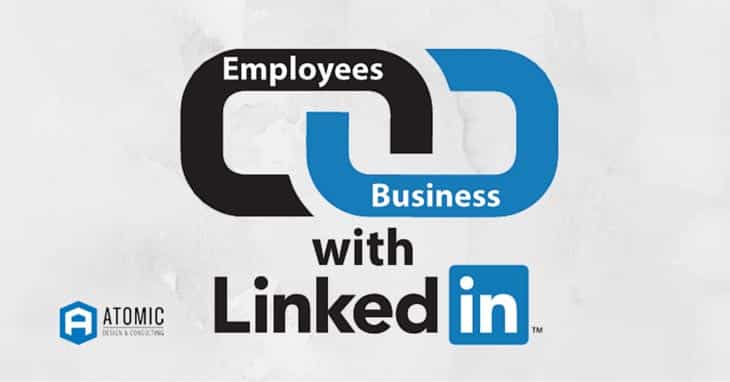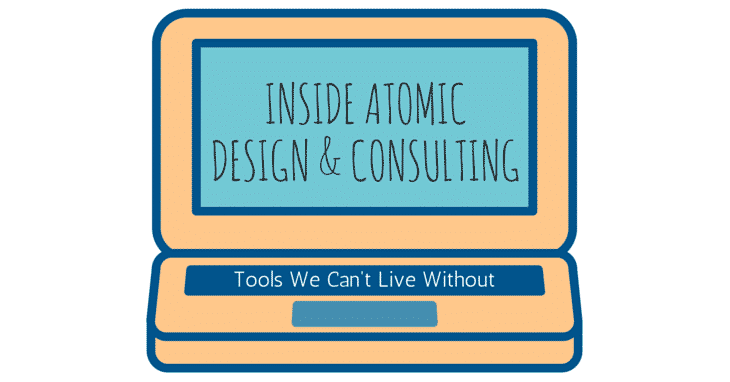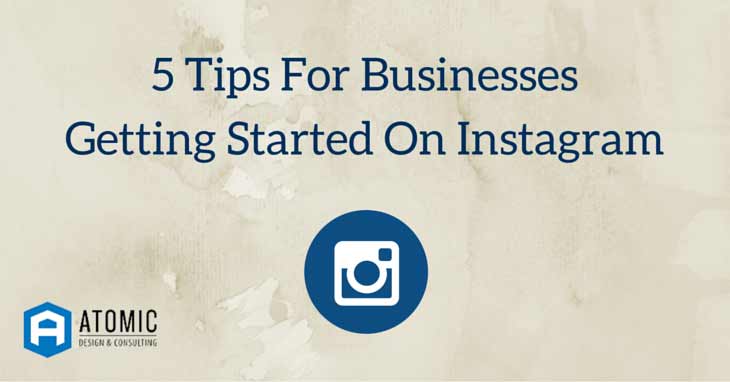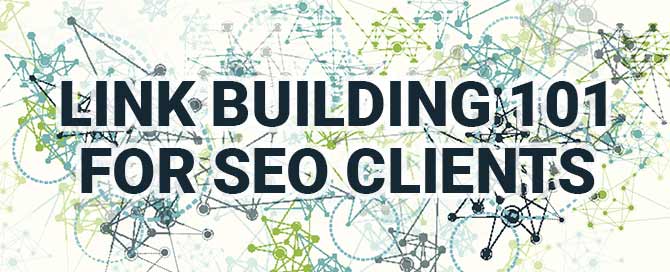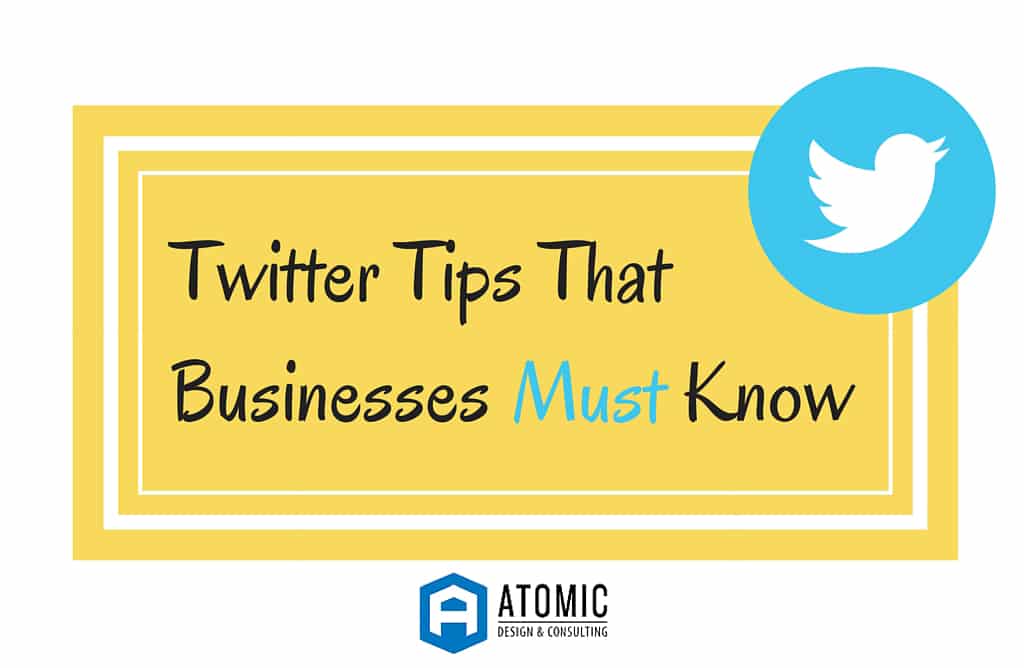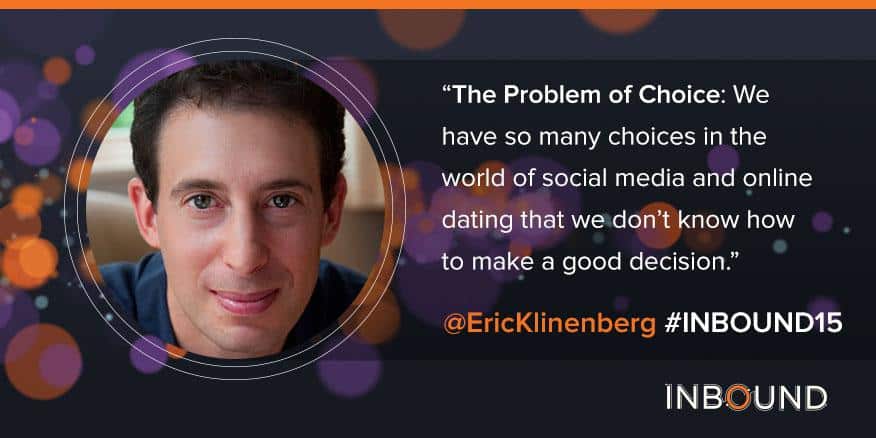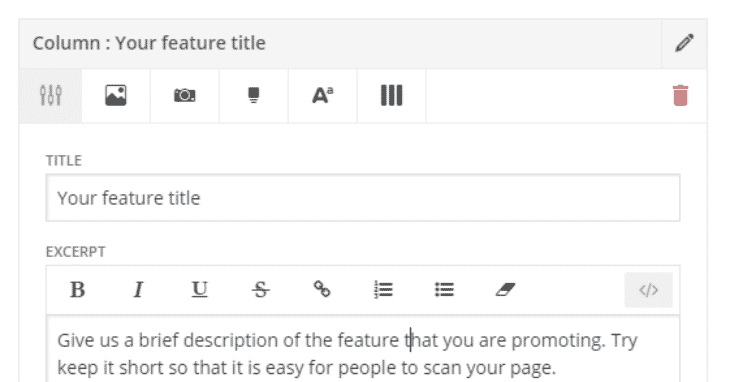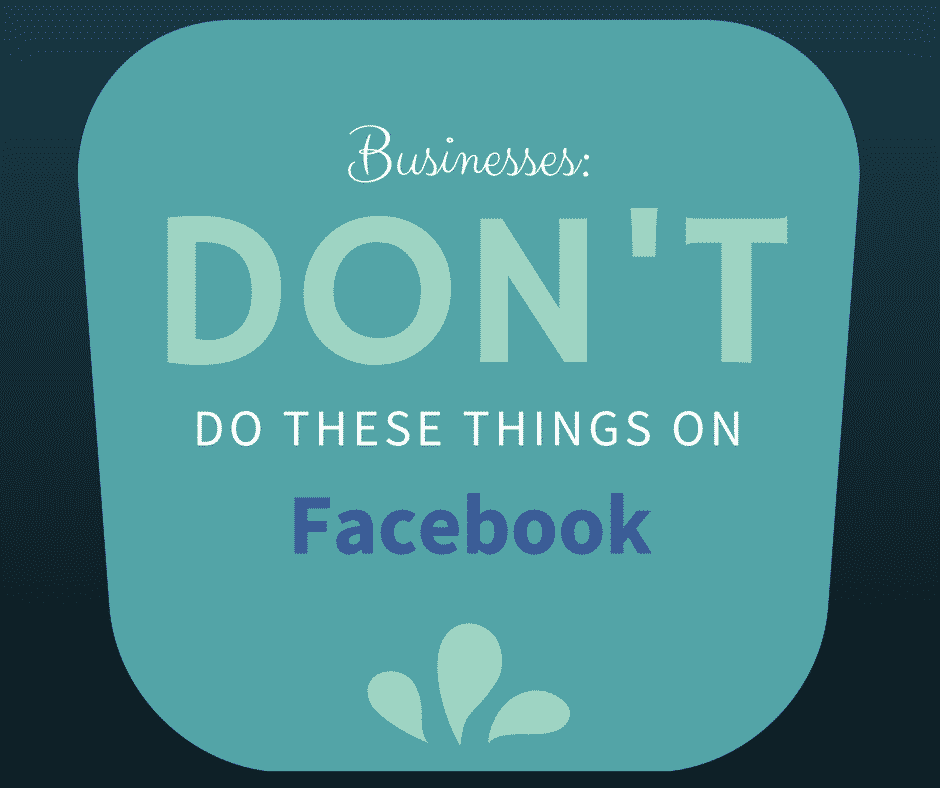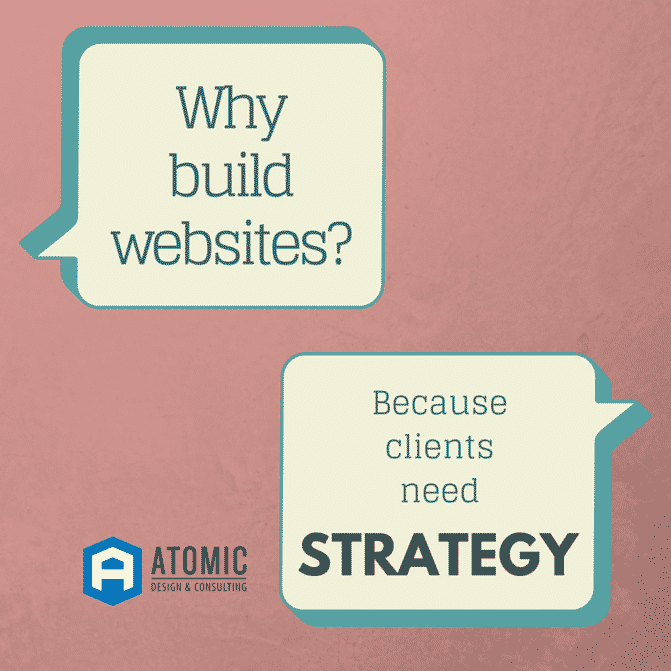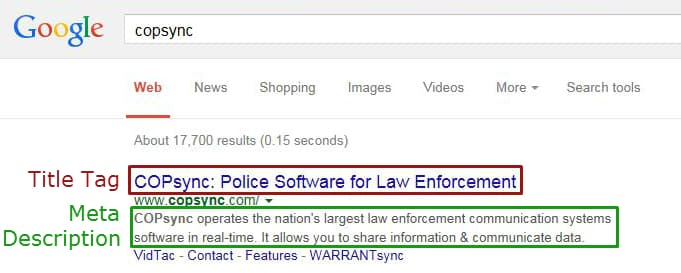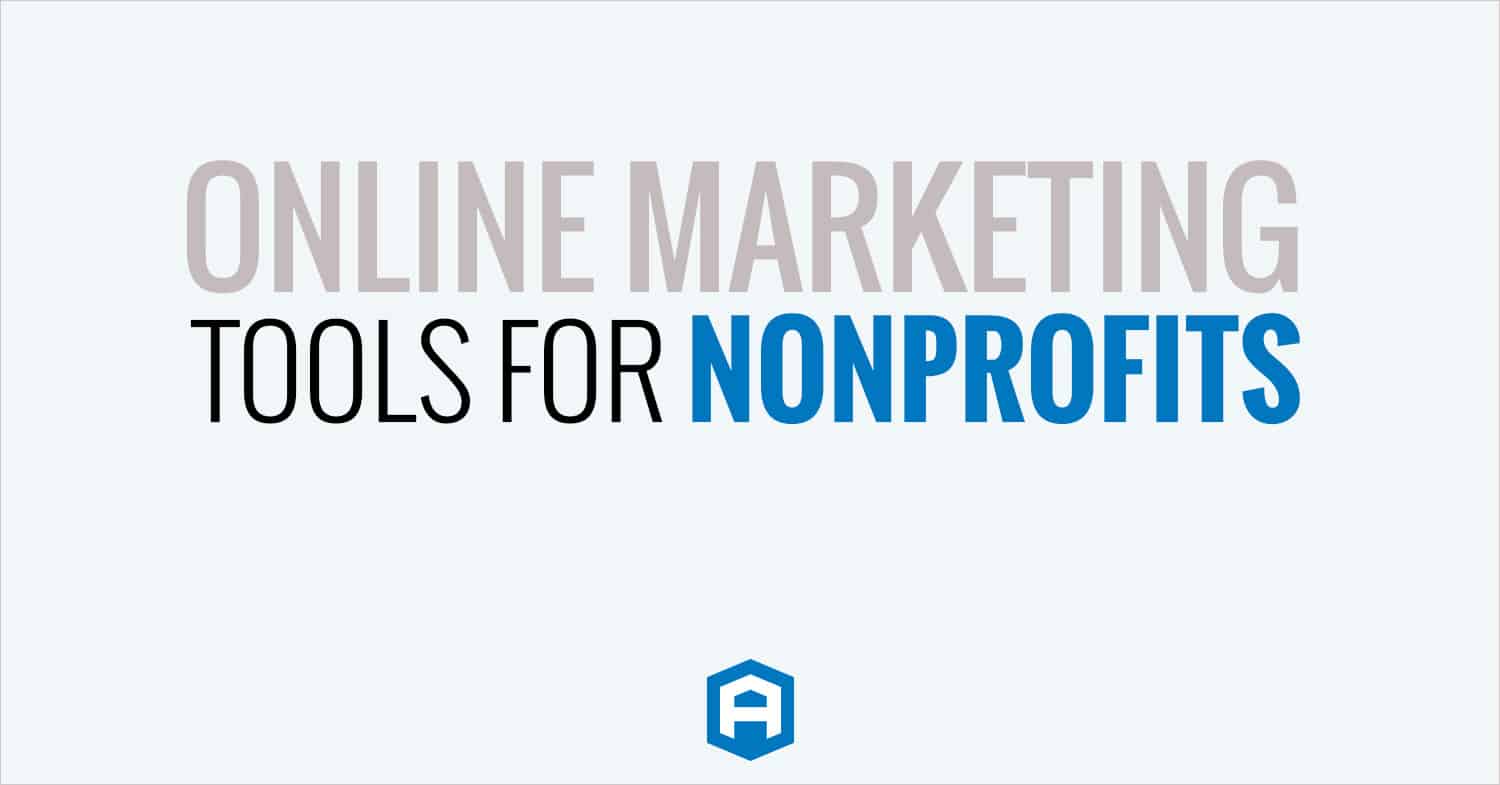
All You Can Eat Leads: 5 Fail Proof Ways to Generate More Leads
You’ve sent out mailers, invested hundreds of dollars on buying email lists, spent hours perfecting your Instagram filters, but you’re still not getting the leads you need to grow your company and generate revenue.
Keep your head up, there are lots of ways to generate leads without spending a bundle.
But before we get to the list, there are a couple of lead generation basics we should be clear about. Without understanding these, you can end up wasting a lot of time and money.
Lead Generation: The Basics
Let’s start with the basics. A lead is a person who has in some way, shape, or form indicated interest in your company’s product or service.
Meaning, instead of getting a random cold call from someone who purchased your contact information, you’d hear from a business or organization you’ve already opened communication with. For example, perhaps you filled out a web form to receive a free ebook with 30 free lead generation ideas. If you got an email from one of our team members about how we could help you drive more leads with inbound marketing, it’d be far less intrusive and irrelevant than if they’d just called you out of the blue (ahem, pitch slapping) with no knowledge of whether you are even thinking of lead generation … right?
And from a business perspective, the information we collected about you from your form responses would help us personalize that opening communication to meet the existing needs of the potential client. That’s a win-win.
OK, so let’s jump in to my 5 favorite ways to effectively generate and convert more qualified leads.
1. eBooks and/or Resources to Download AKA Lead Magnets
These work great for B2B companies or a business that works in a very technical space (example: for a graphic design software company – approval checklist/template), as people love to read, gain expertise about their industry, and discover resources that make them more productive.
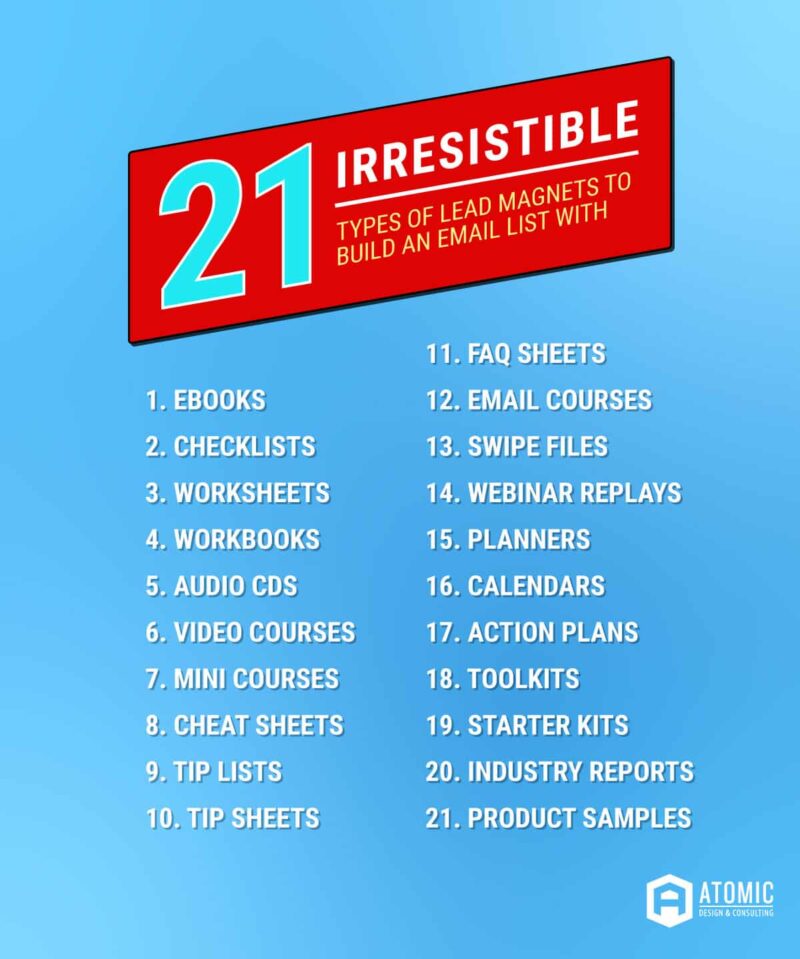
Make sure you aren’t overly promoting your services or products. People don’t want to be sold, they want to be informed. So write it from a neutral perspective and give actionable insights. Share the eBook/checklist/template socially and as an added resource in your email marketing. Don’t forget to place on your site and add to blog posts as a call-to-action (see bottom of this post for sample).
You’ll want to ensure that you have a landing page for the download that requires visitors to input their name, email and phone number for a chance to download the eBook. Forms like this can be built easily within the HubSpot free tools.
2. Blog
Having a blog is one of the best lead generating tools you can use, as it not only allows a company (or person) complete control of what is said but also an opportunity to publish content around the keywords and terms you want to rank for as part of your SEO strategy.
Make sure that your blog is optimized to generate leads by having a sign-up section for your newsletter and by using the margins to promote your products and services. And I feel like a broken record, but don’t make the blog all about you! Give real value.
Psst – make sure you maintain a steady publishing schedule and actually use it. Not only are you giving search engines a reason to come back to you and index your site for relevant terms, but you are also investing in a long-term traffic strategy that is – creating content on a regular basis.
3. Generate Referrals from Current / Past Customers
In the course of our work with clients to design websites, execute seamless SEO strategies, and fill their sales funnel, we frequently ask our clients the last time they pinged their current clients, thanked them for their business, and asked for help in generating more business.
Everyone agrees that referrals are effective, but for some reason, it’s hard to implement it effectively. You can follow the seven steps below to get started:
- Check with your team to make sure the customer is happy (and if they’re not, set up a call anyway to see how you can make things better).
- Ping the client with a phone and an email and ask for a 10-minute conversation.
- Thank the client for her business, explain that you value your relationship and you’re always interested in making it more valuable to your client.
- Ask if there are any other contacts or companies she can think of that would be interested in the same level of service.
- Get the name, phone number, and email of the contact, and why your client thinks it is a good fit.
- Ask if they can tee you up with a quick introduction email.
- Extra credit: If you can, send them a handwritten note or small item like a T-shirt thanking them for the referral. Little touches go a long way.
4. Use Live Chat and / or Chat Bots
Another way to vet leads is through an easy-to-use chatbot builder. There are a lot on the market today, but HubSpot Conversations (see #26 and #27) gives you the tools and context you need to have unlimited, personalized conversations at scale.
Customize your widget so that it matches the look and feel of your brand and pops up on your prospect’s screen with a welcome message that’s actionable and matches their intent. Use your chatbot to qualify leads, book meetings, answer FAQs, and more.

If you look at some of the trends and data points that are coming out on live chat, they’re really promising. An Invesp infographic, for example, shares that:
- 73% of customers find live chat to be the most satisfying way of communicating with a business
- 42% of customers select live chat as their preferred method of giving contact information, higher than any other lead generating method
- With a customer satisfaction rate of 92%, live chat generates more leads than phone, email or social media support
Now, as promising as these and other stats sound, I have to be transparent that some companies need to keep live chat off their websites. But that’s not because it doesn’t work. That’s because it’s not the right fit for every business.
For instance, a Dallas-based interior design firm is in a high-level, high-dollar services business. When companies and homeowners reach out to them regarding potential services, that’s a very different conversation than a software customer asking to schedule a demo – and it’s not one that’s likely to take place on a more informal chat channel.
5. SEO
Optimize that website… driving traffic to your website, and all the items above on said website, is a matter of life and death. Okay, I am being a bit dramatic but you should take your SEO and website rankings very seriously. SEO done right means that your website not only ranks on the first page of Google searches but that you are driving targeted, relevant audiences to consume the content you created just for them.
Unlike users on Facebook, people who search on Google are intently seeking for your content (which is why blogging is so important).
But to convert qualified leads, you must be very selective with your keyword choice. The more specific, the better. You need to rank highly for long-tail keywords that your target leads are searching for.
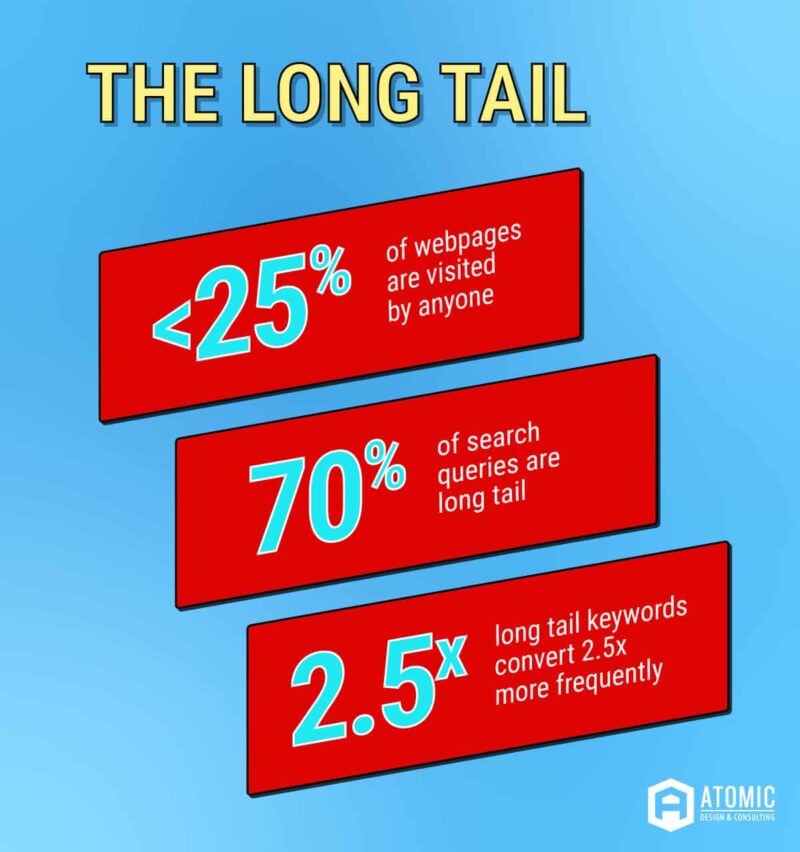
Reference: Neil Patel
And you need to satisfy their search with relevant and thoughtful content. Because when a visitor realizes that you have what they’re looking for, they become more likely to join your email list by downloading that incredible lead magnet.
Yes, my friends… we have come full circle now.
Regardless of what route you take, maximizing your lead generation comes down to three things:
- Having content that your ideal buyers (i.e. your personas) are interested in,
- Transforming that content into an offer by gating it behind a call-to-action and landing page, and
- Using various distribution tactics to make it easy for the right people to find your gated offer. Where there are a million and one ways to create and distribute content, as long as you follow some of the basic concepts above, you’ll see lead generation success.
Looking for more ways to generate leads? Give us a call!
Need Specific Help?
Interested in a specific topic? Review the topics below to get the info, news, and tips you need!



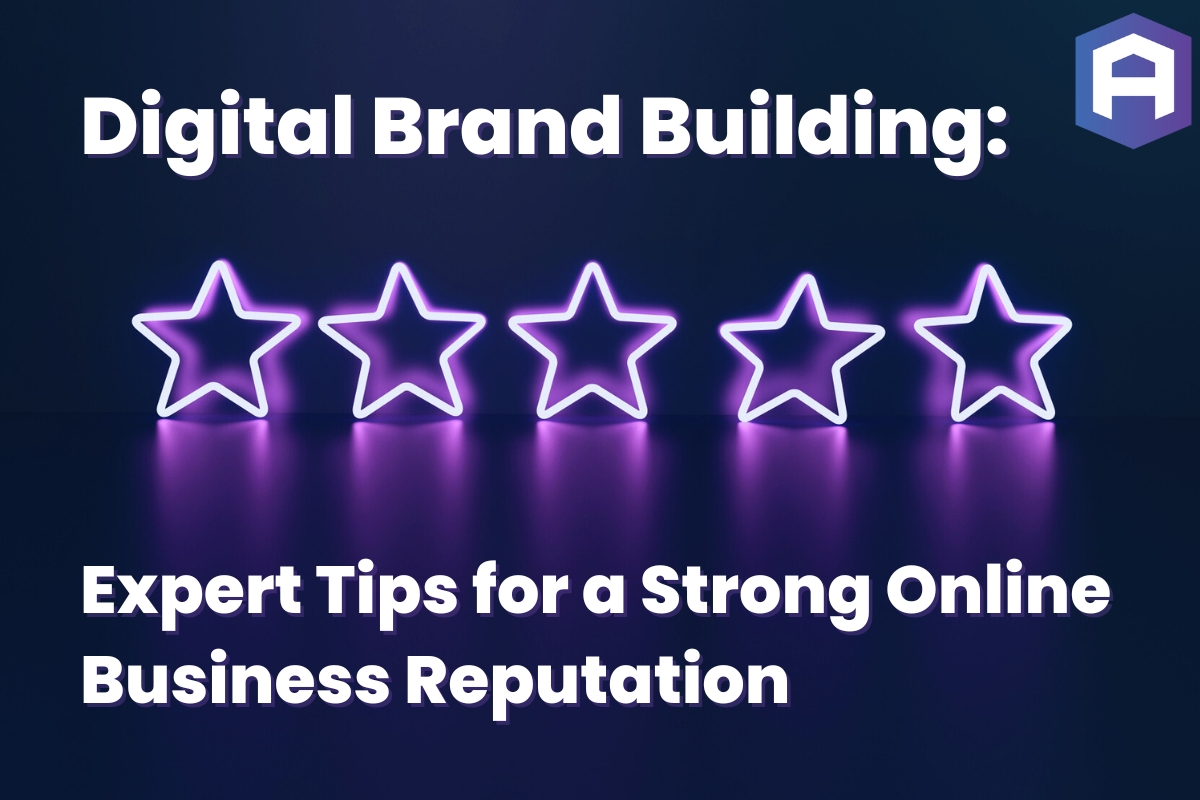



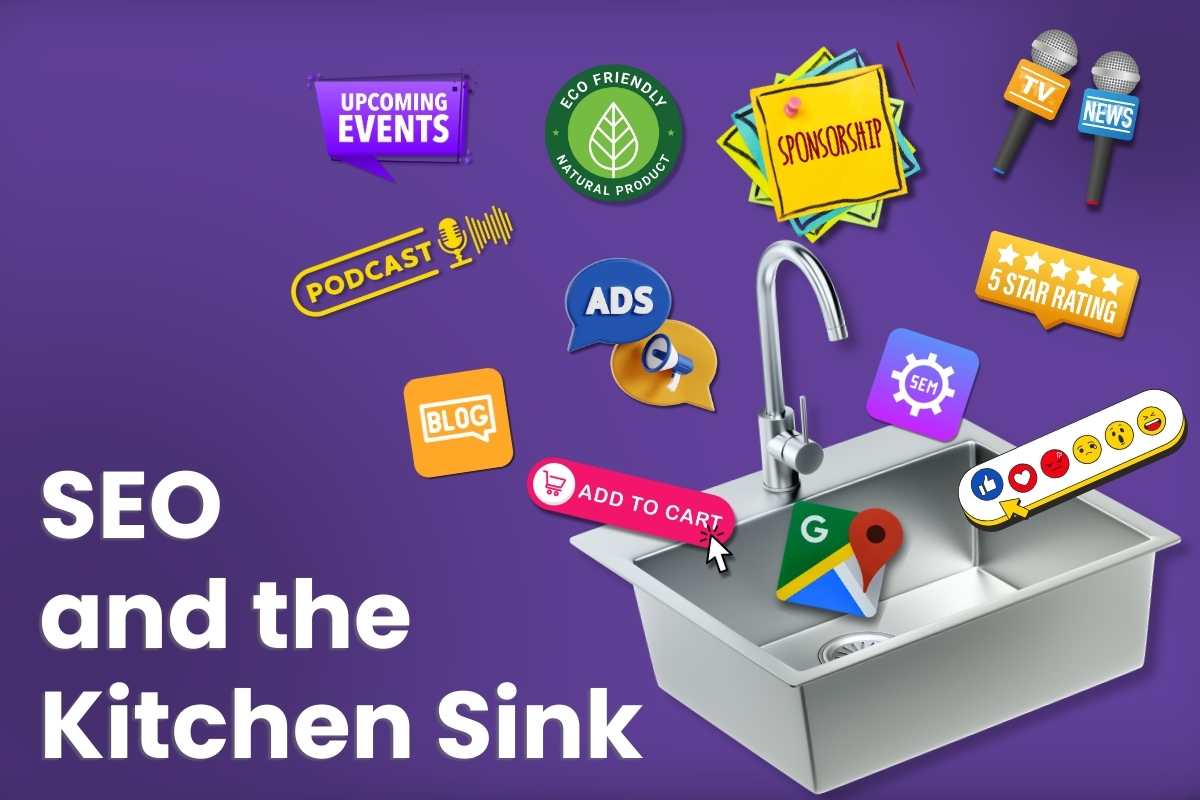



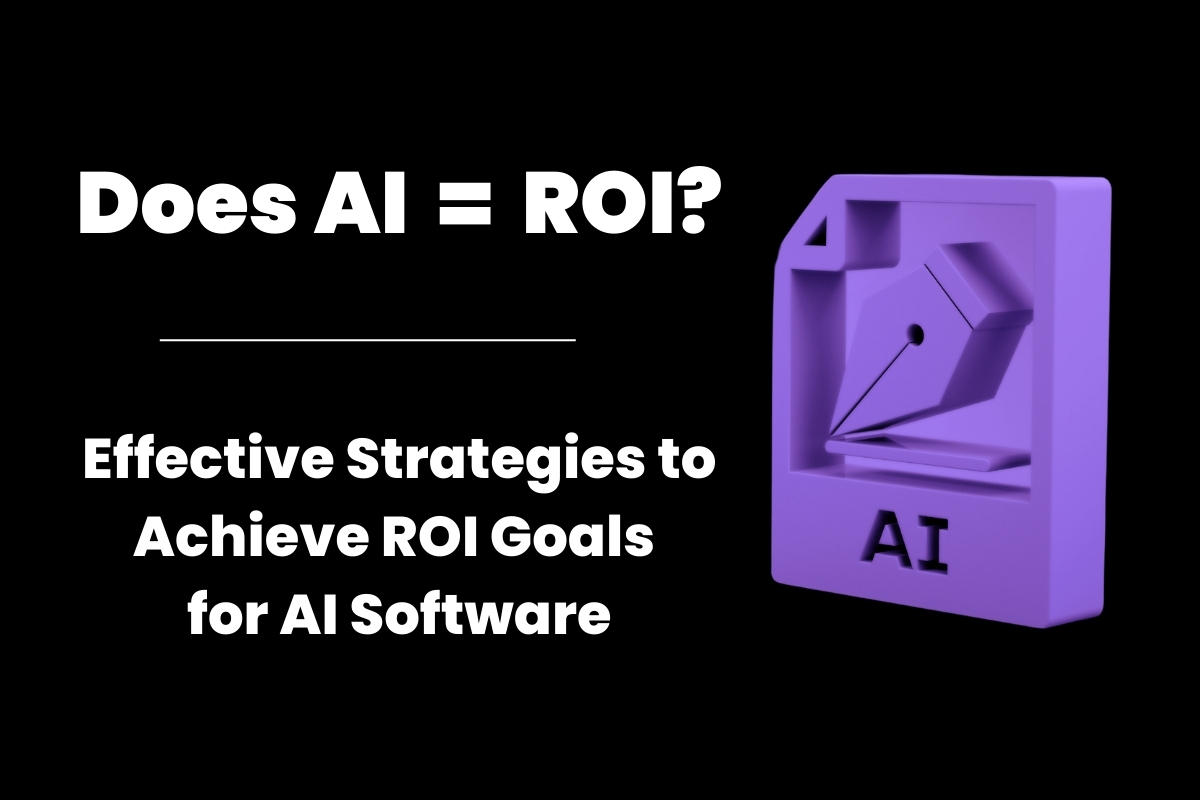

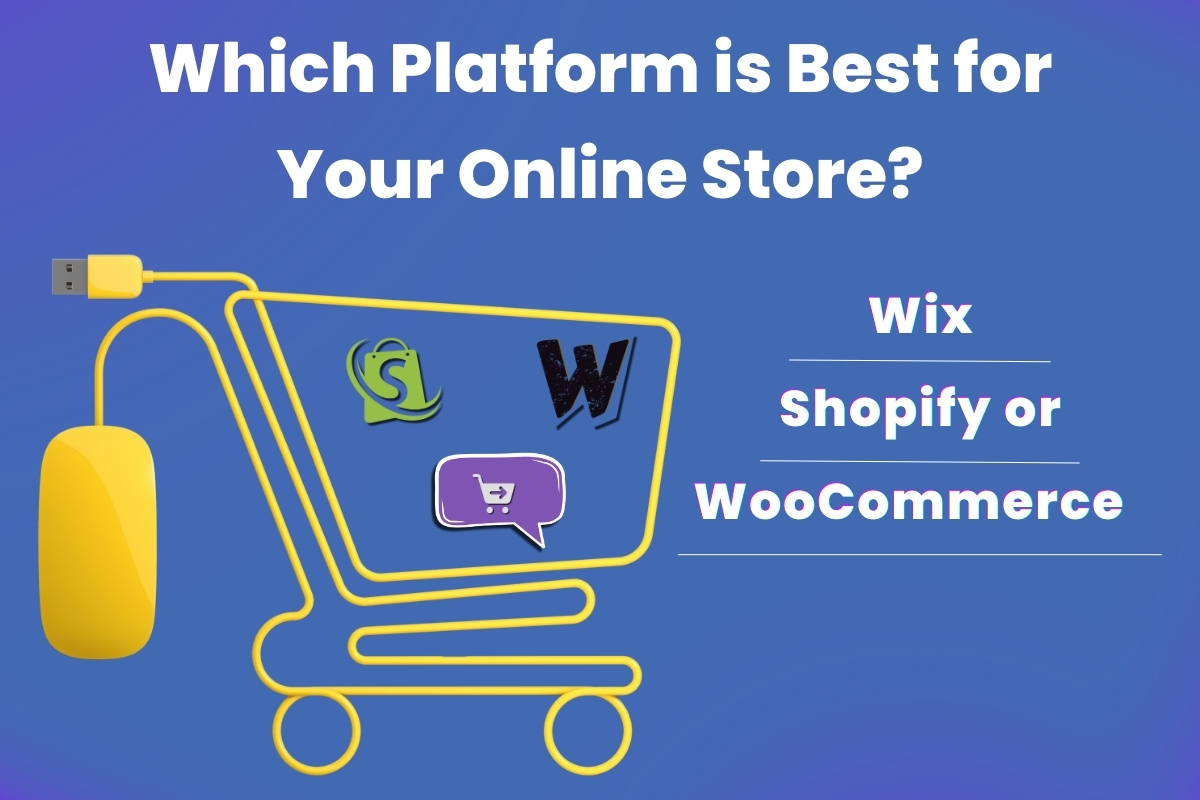


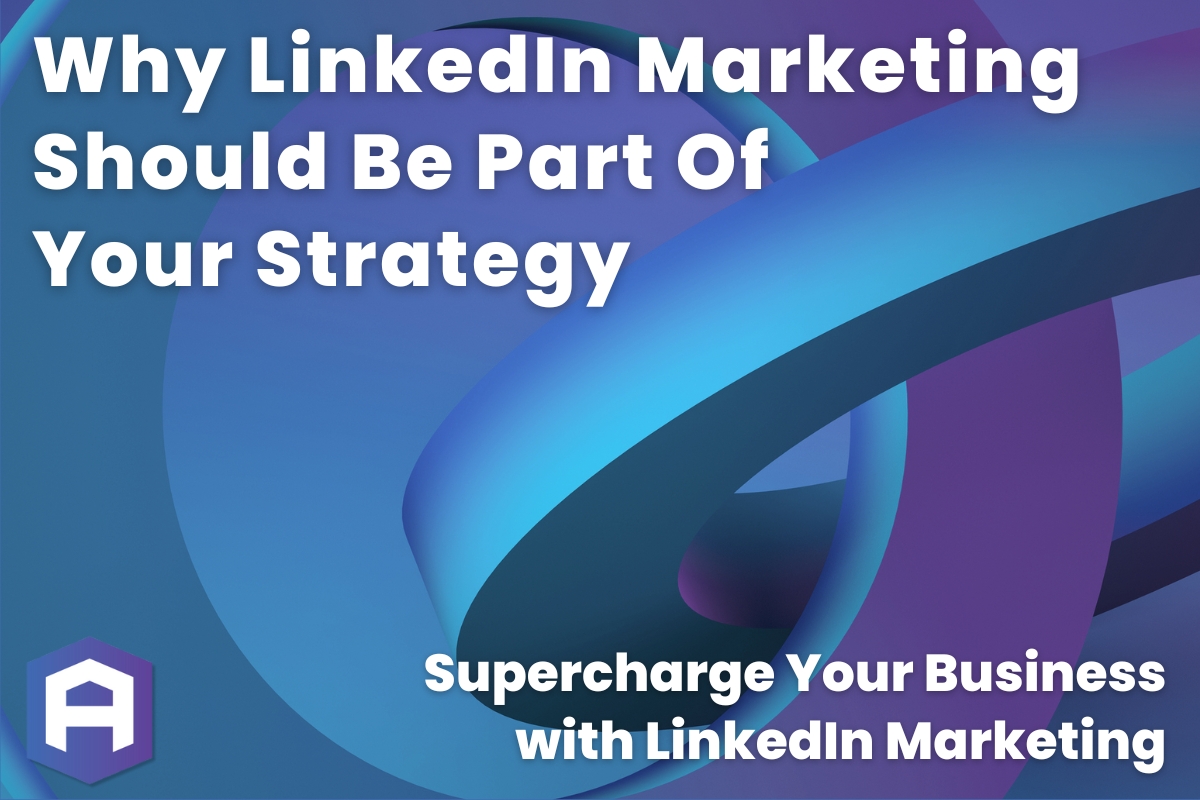
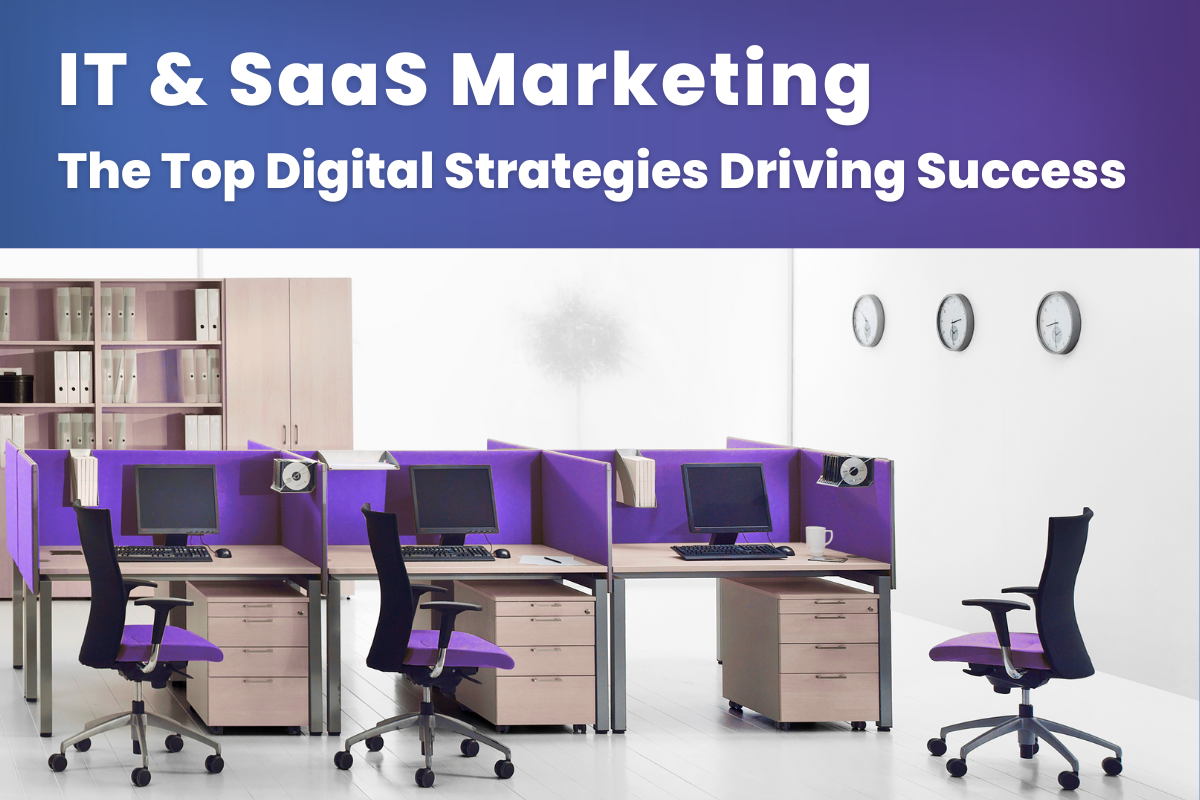
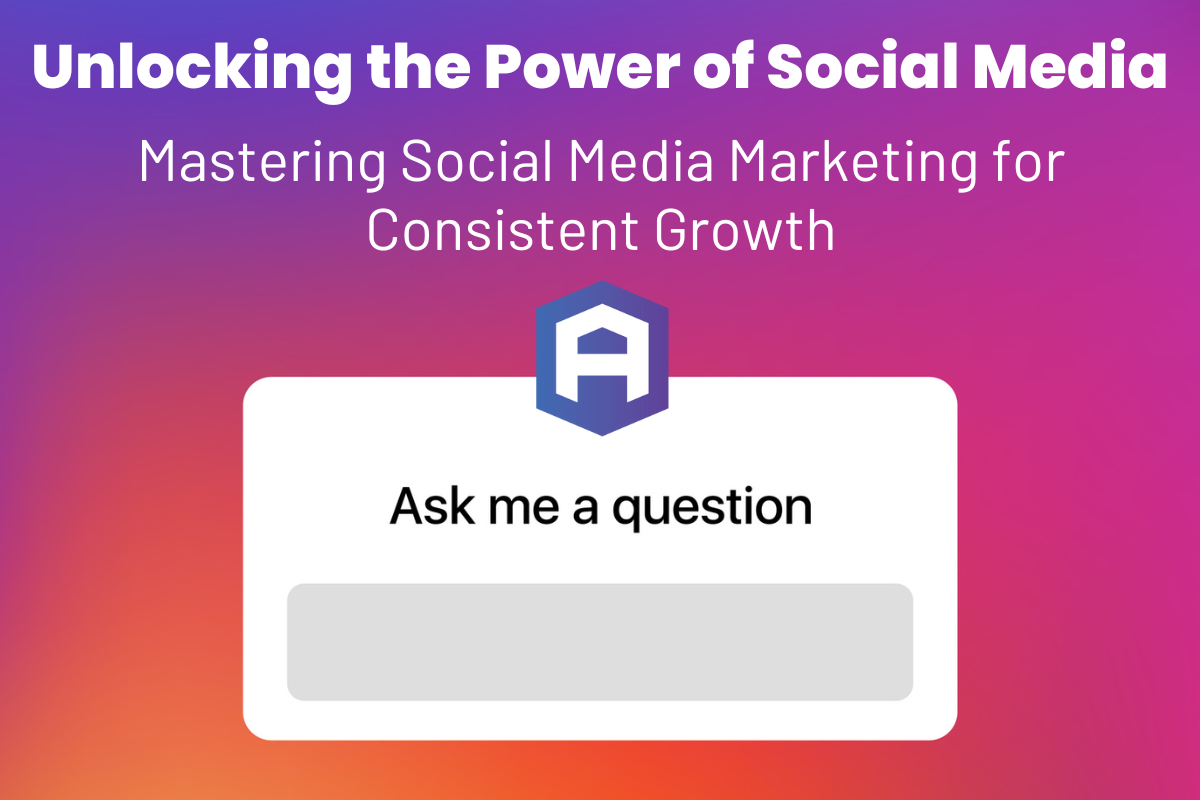

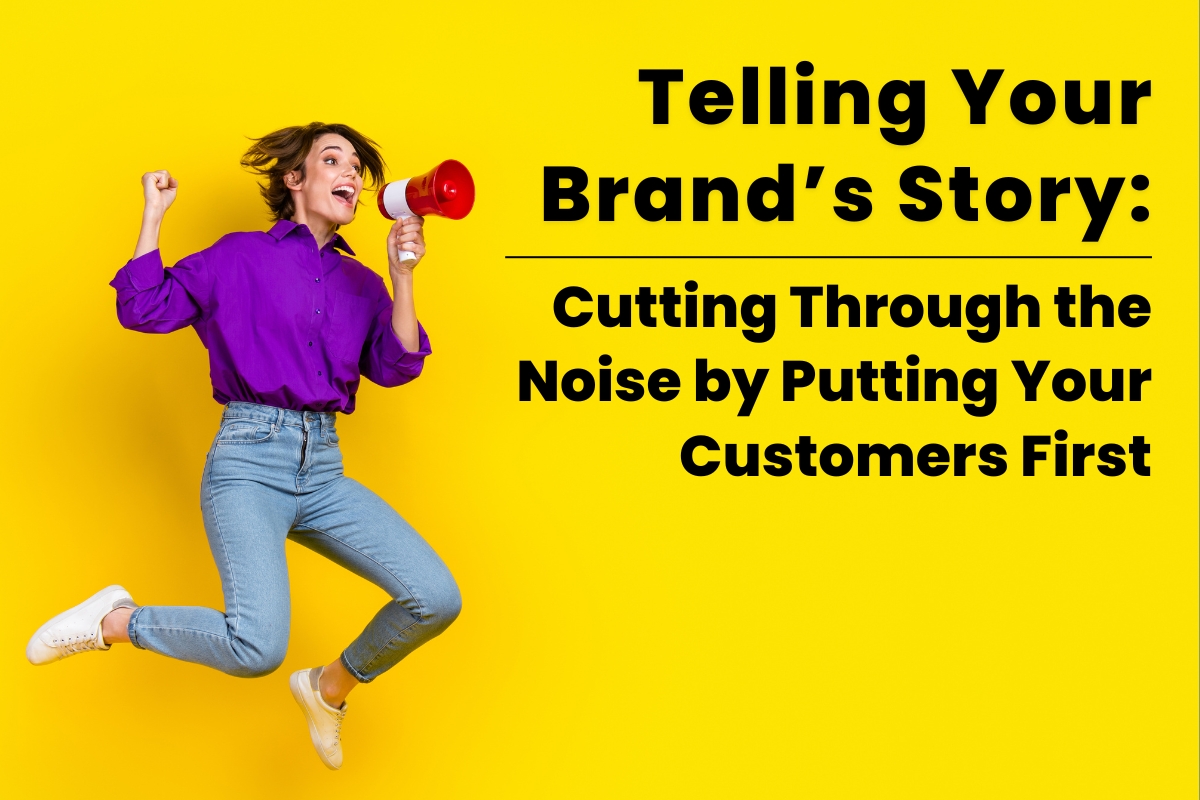
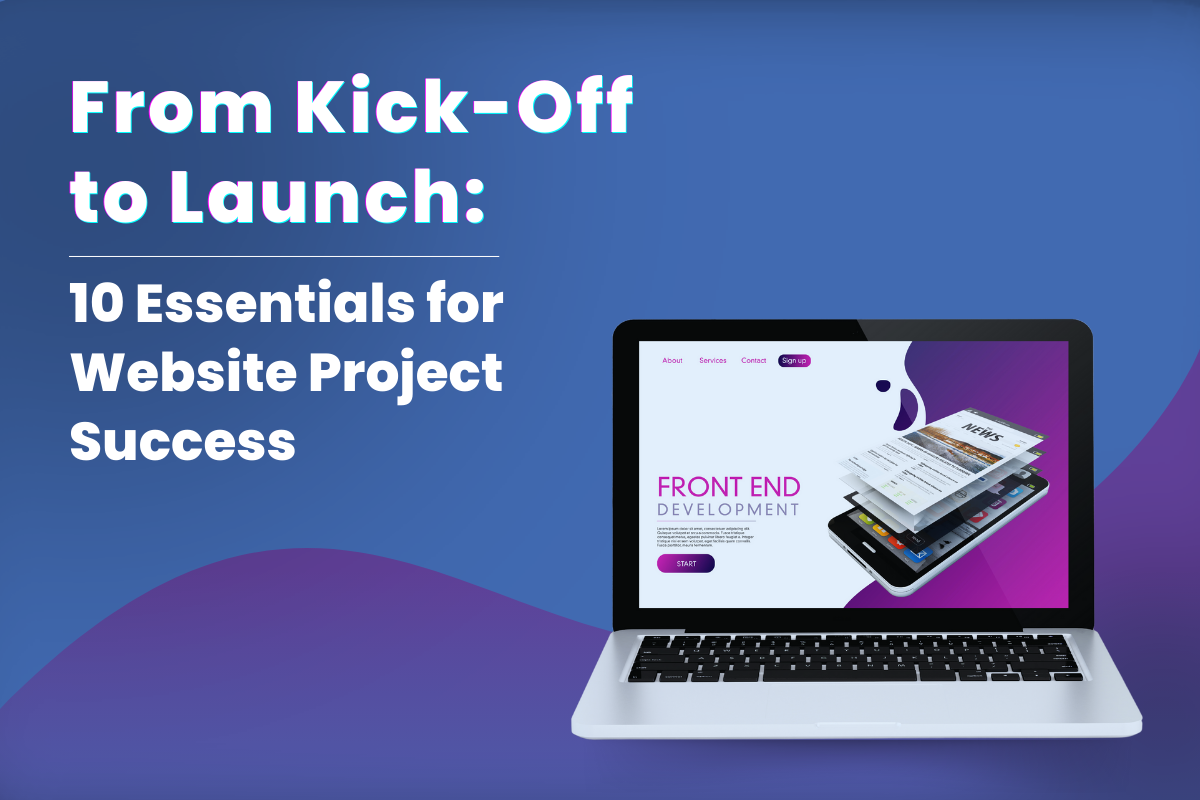

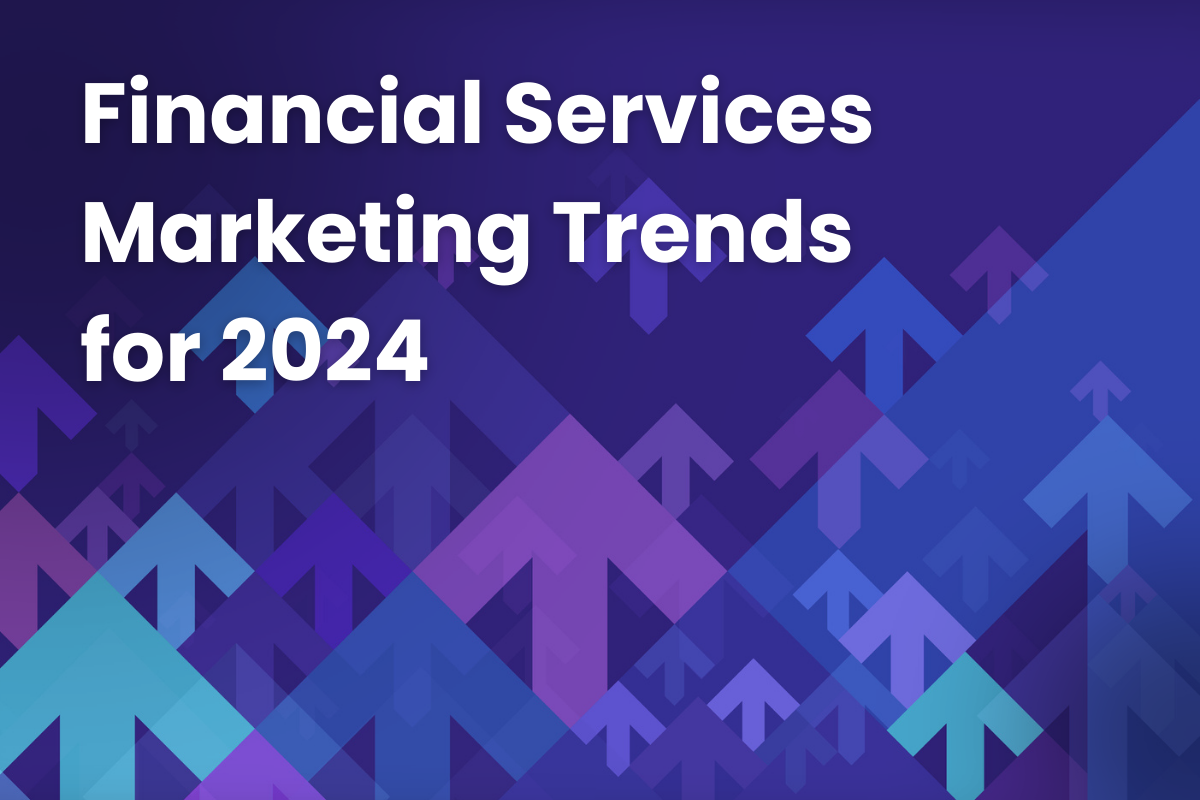
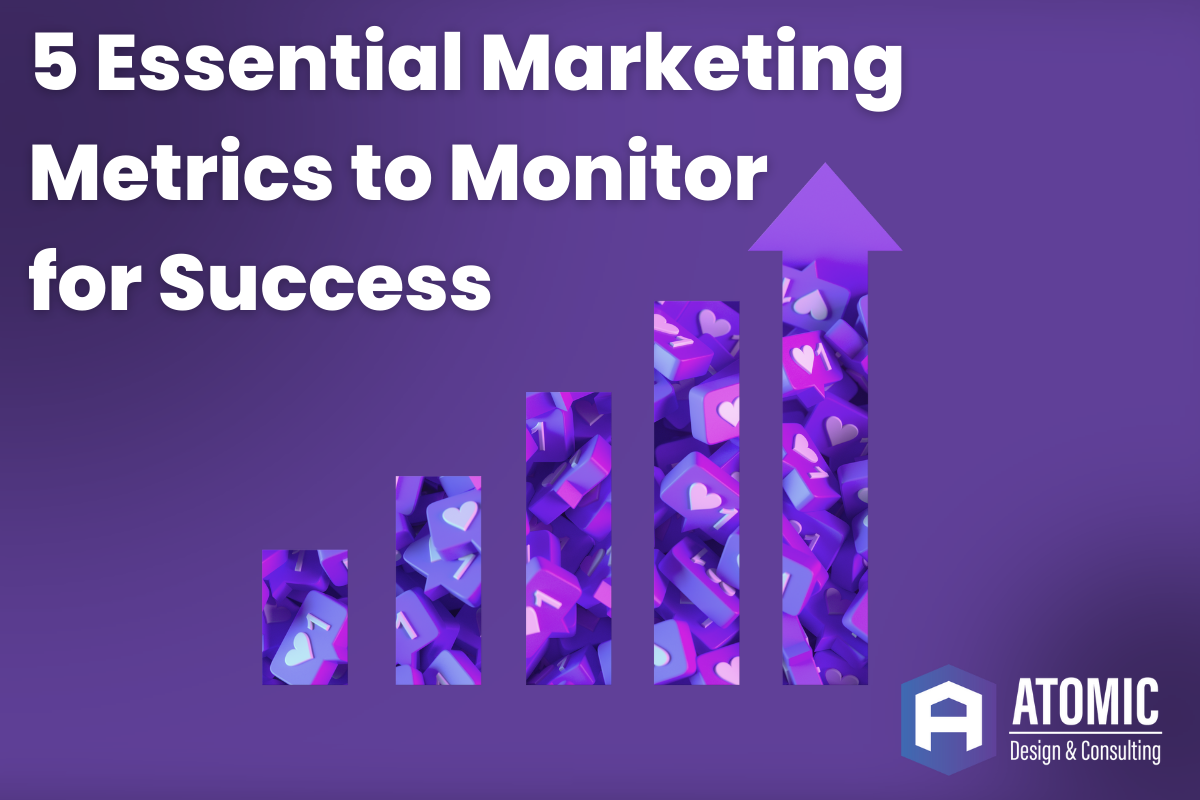

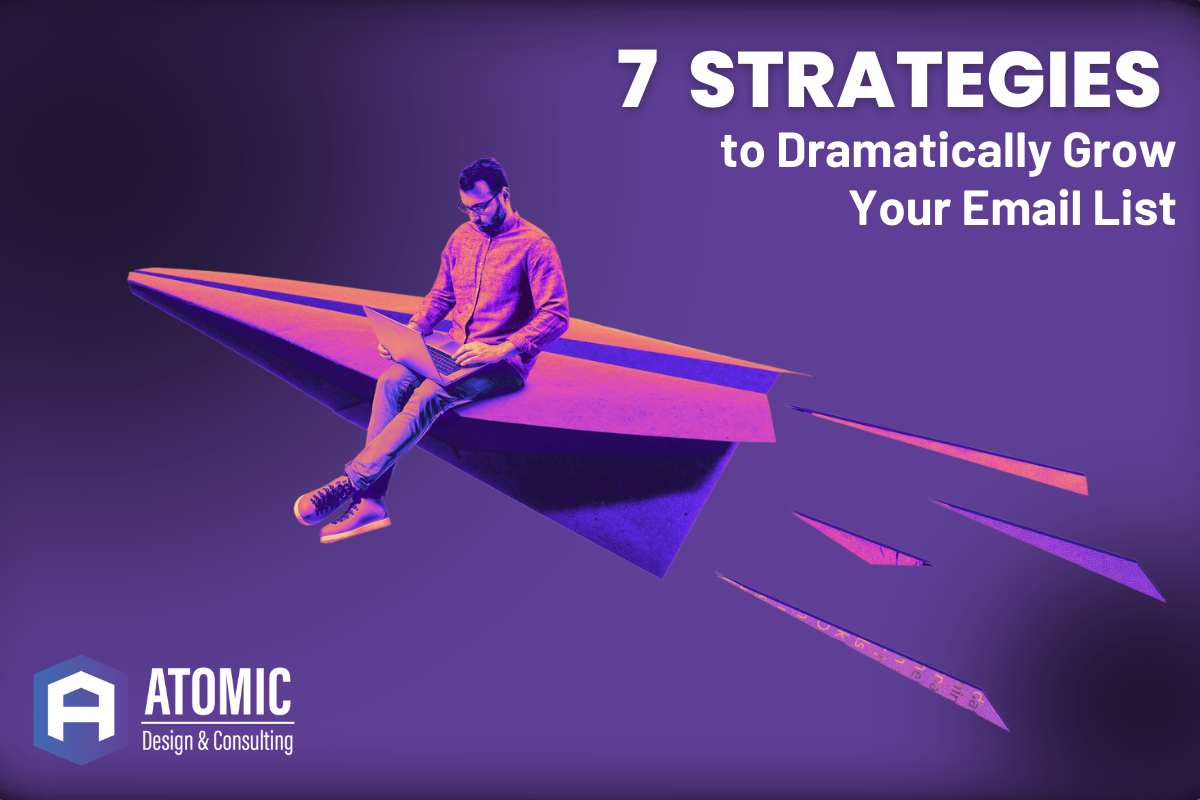
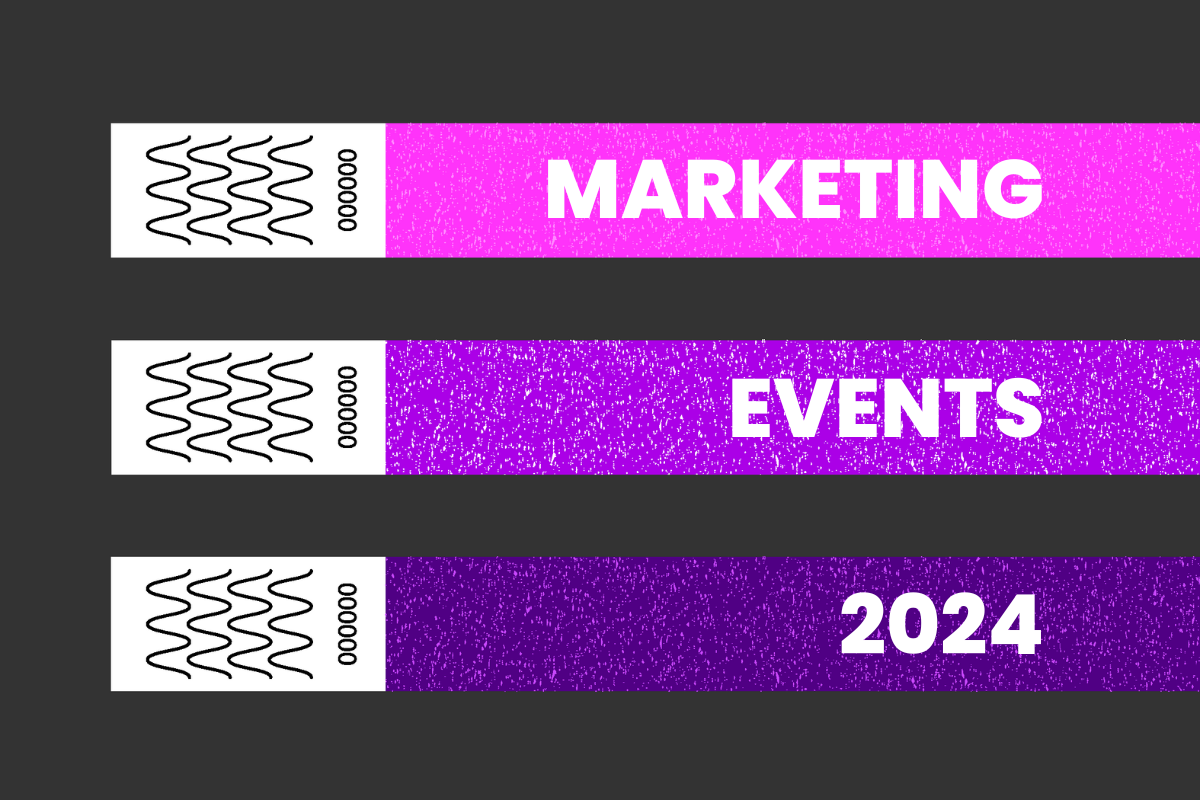


















![HubSpot Partner Day 2019 [Recap] 47 ADC partner day 1200x630 1](https://www.atomicdc.com/wp-content/uploads/2019/09/ADC-partner-day-1200x630-1.jpg)
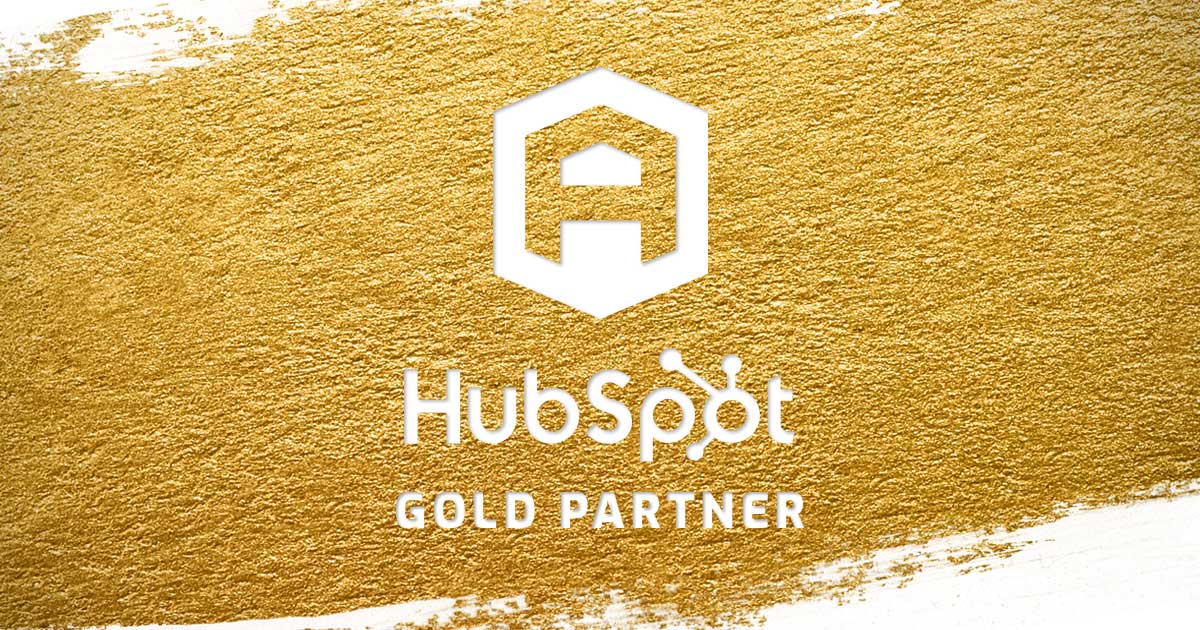

![30 Awesome HubSpot Tools That Won’t Cost You a Dime [Free Inbound Marketing Tools] 50 30 hubspot tools that won't cost you a dime](https://www.atomicdc.com/wp-content/uploads/2019/06/ADC-30-hubspot-tools.jpg)


